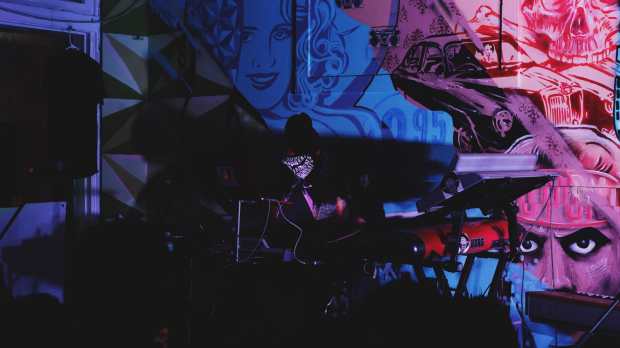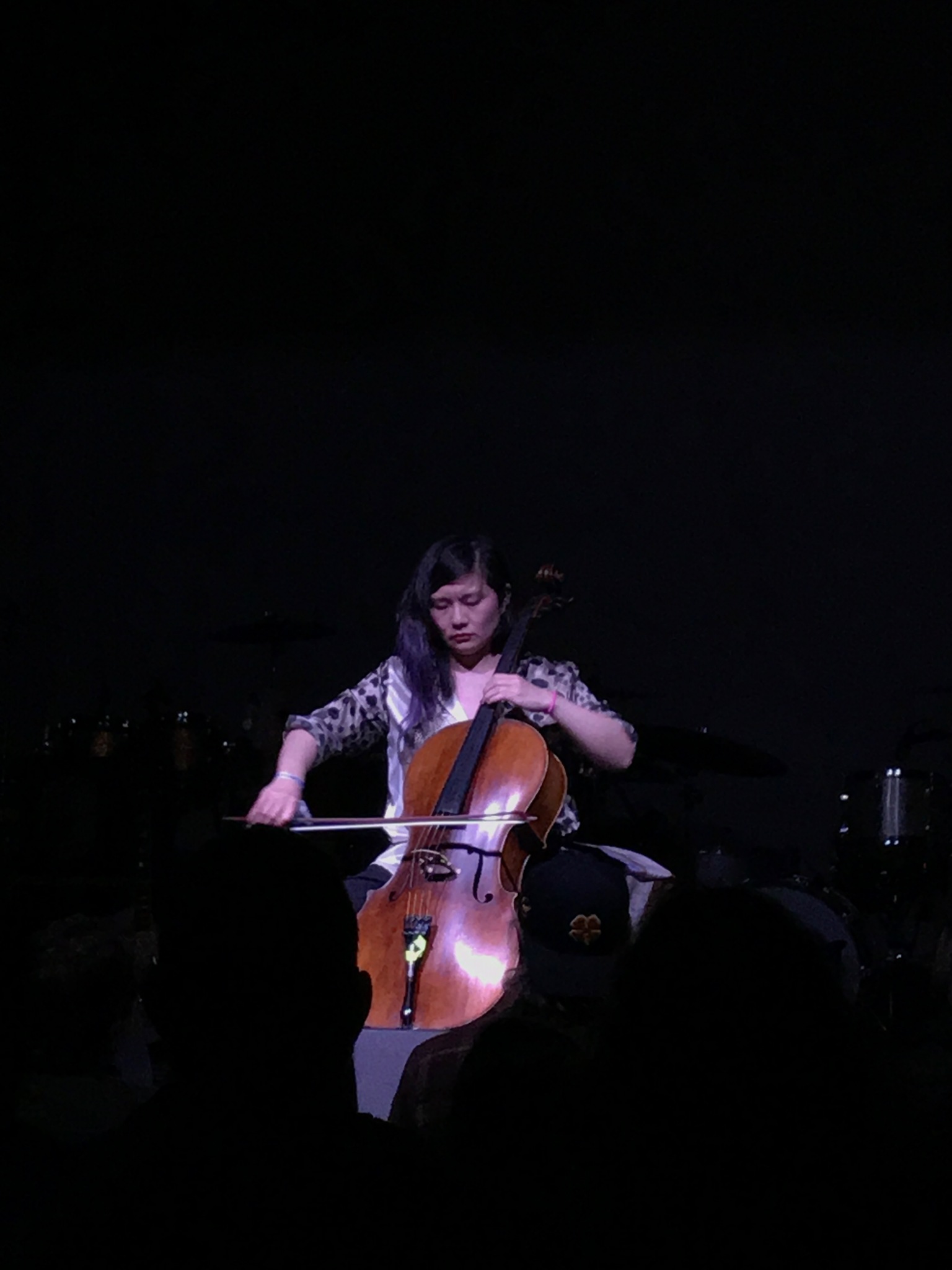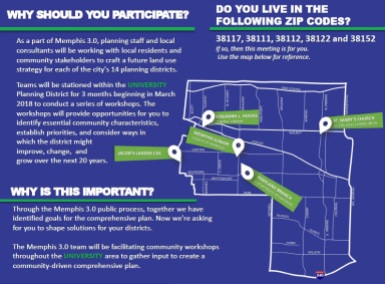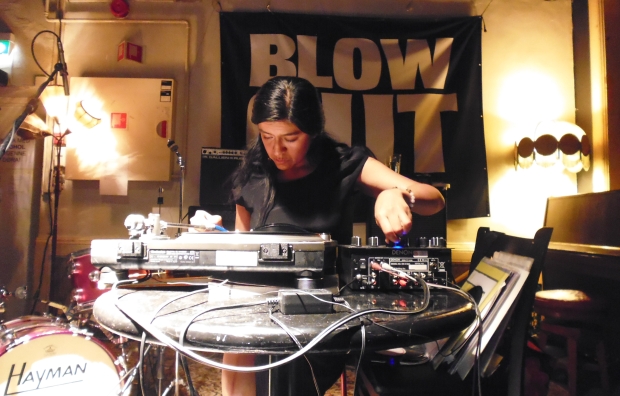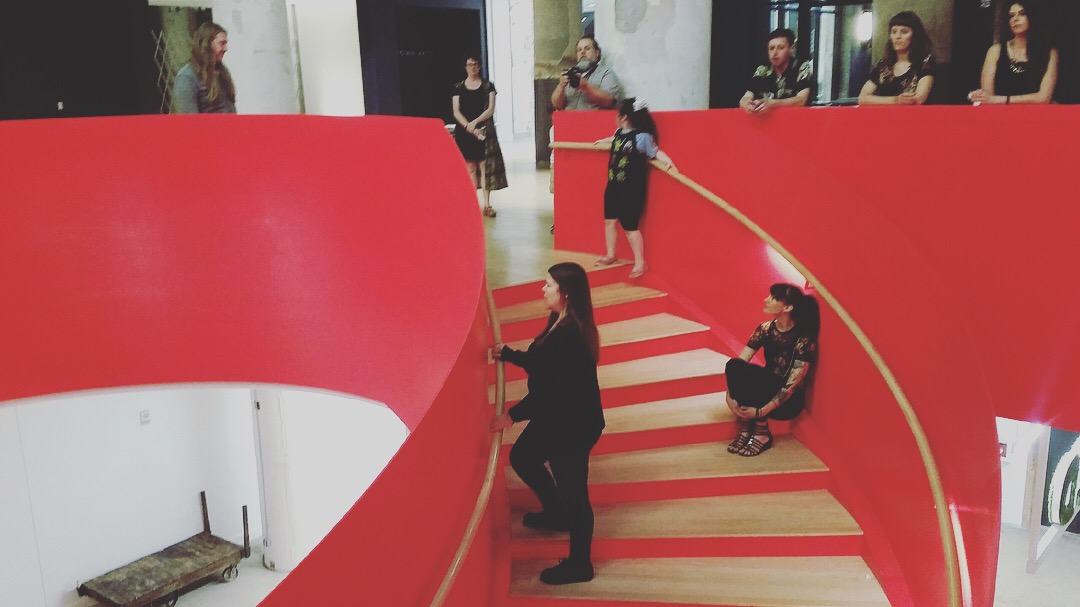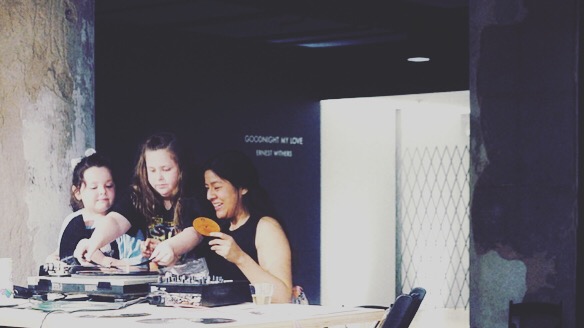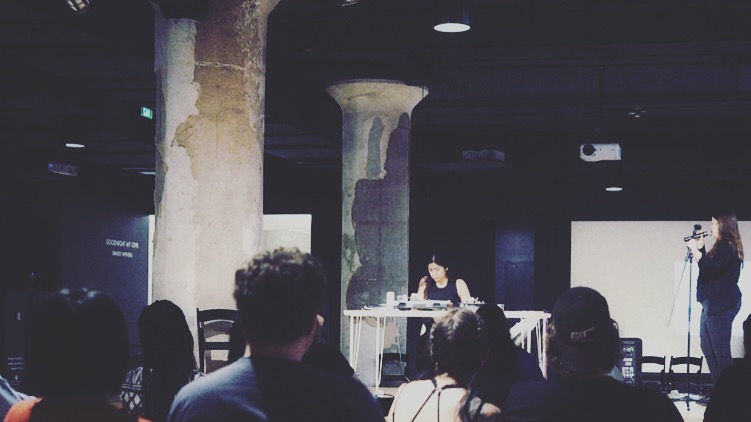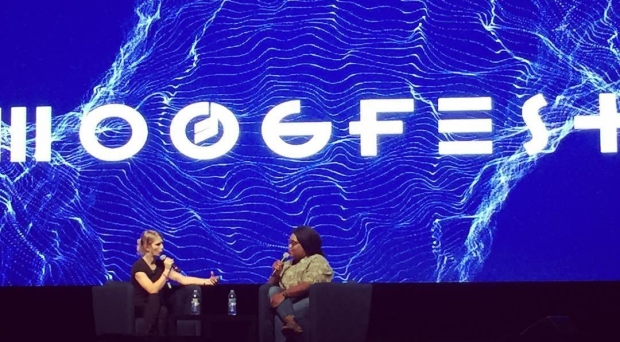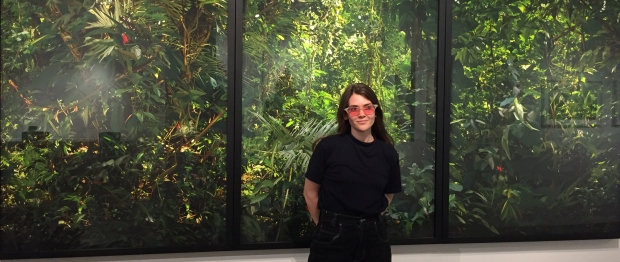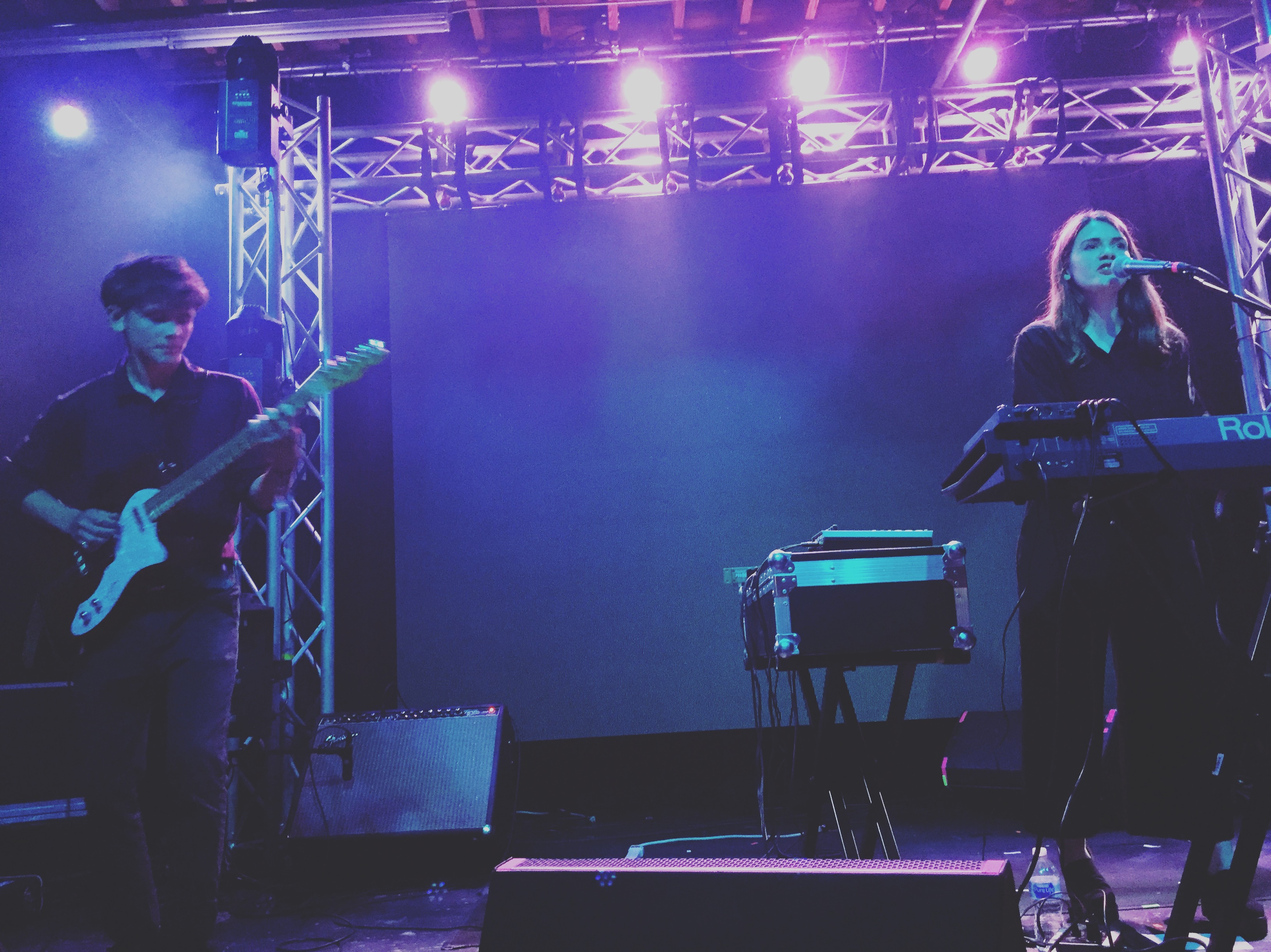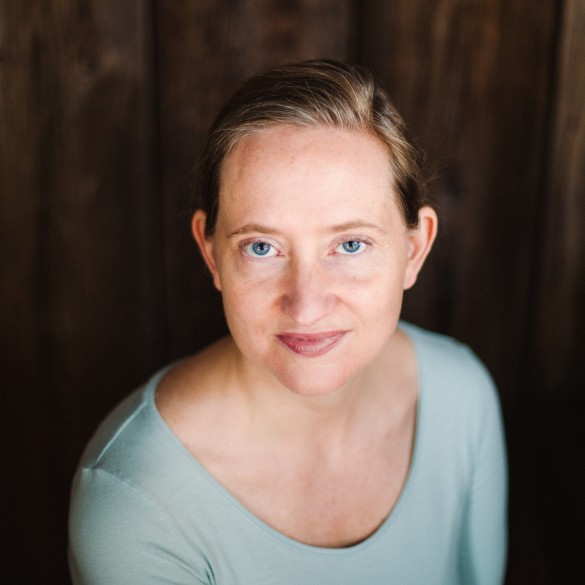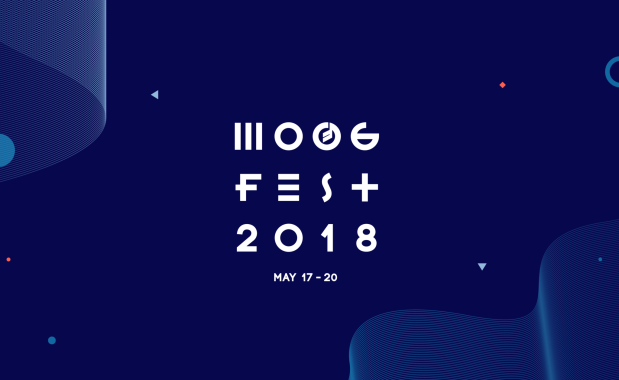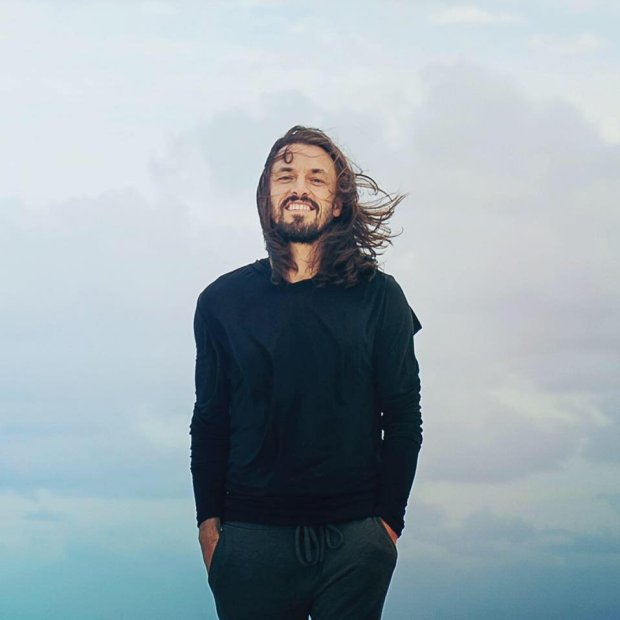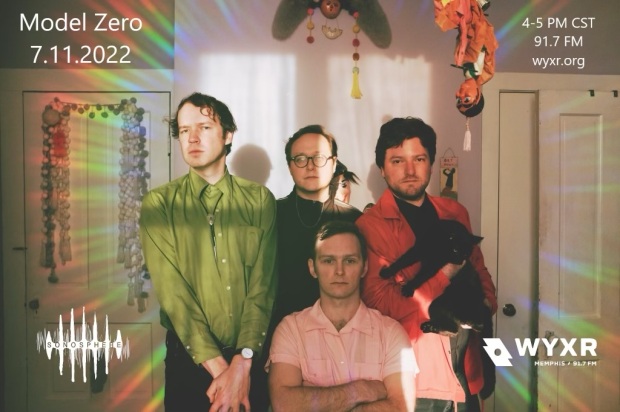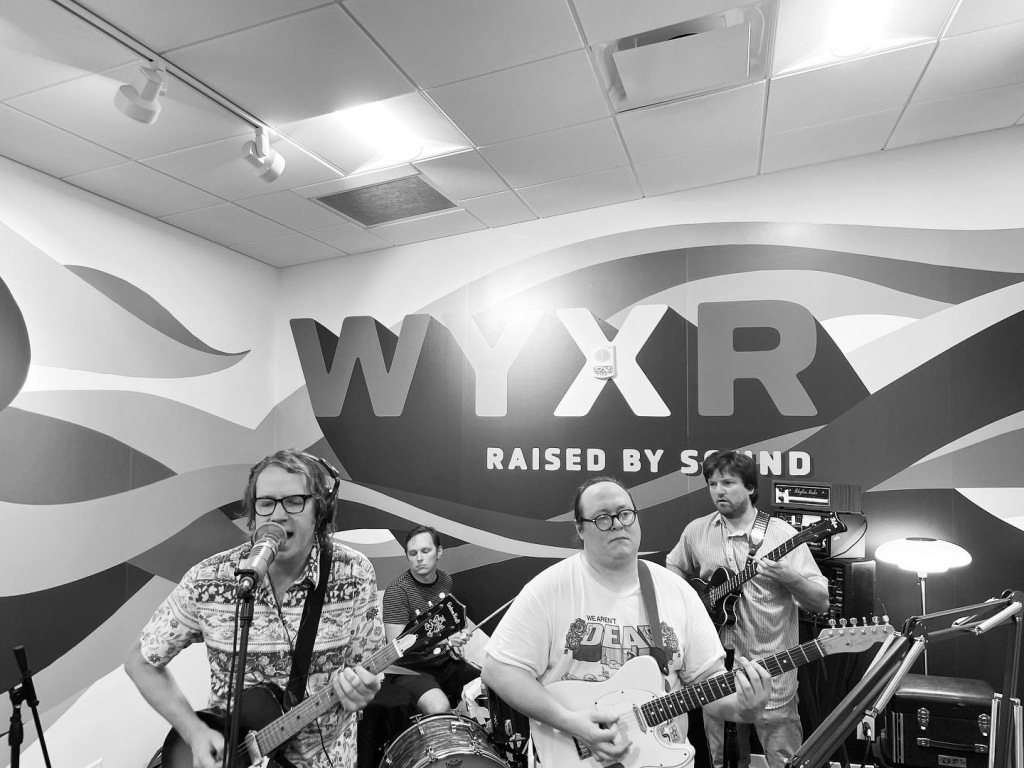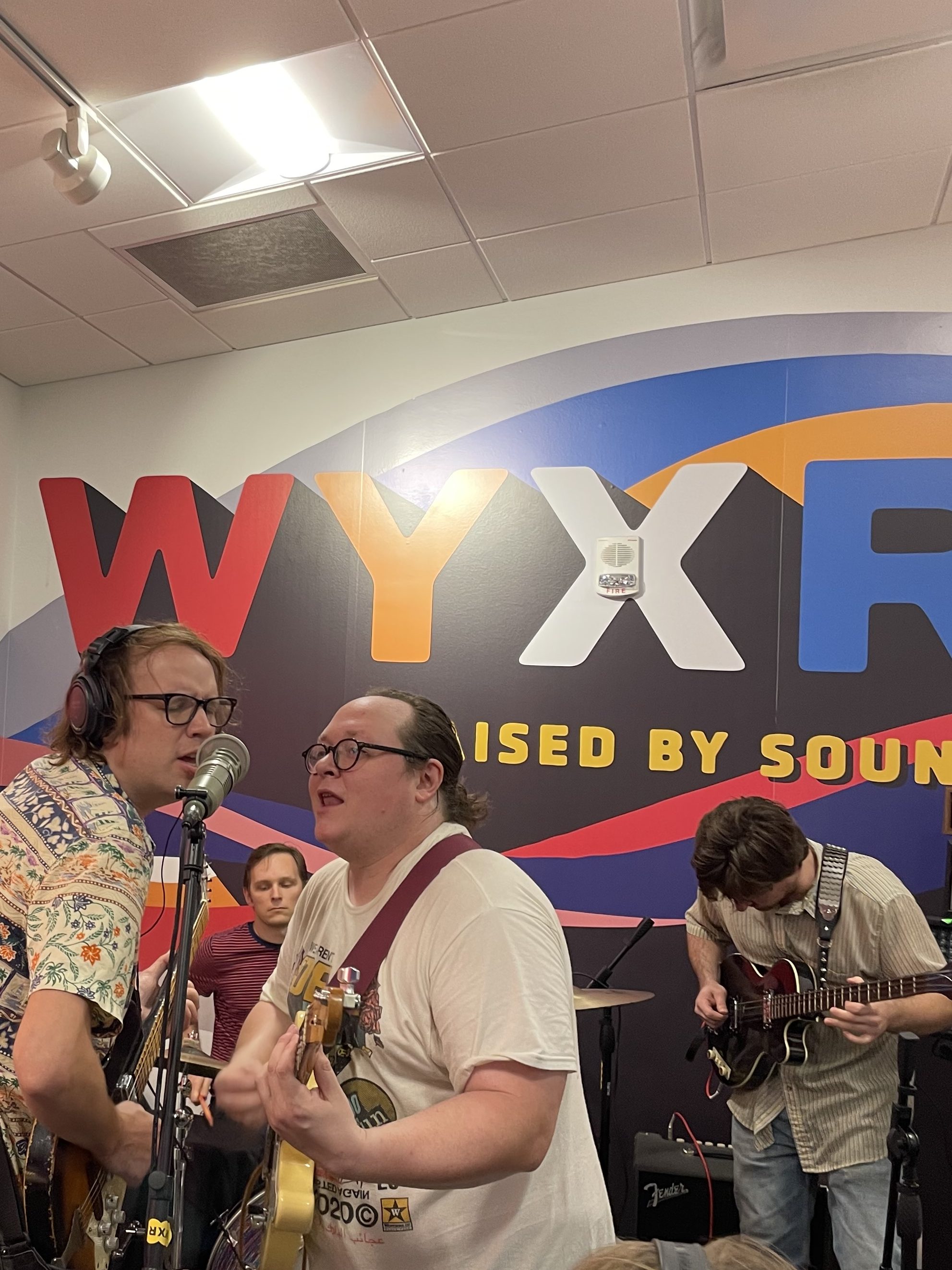How has information shaped our lives? Are we really privy to all the knowledge available? David T. Little’s new album, AGENCY, seeks to investigate these questions.
On this episode we highlight composer David T. Little. The composer has a background that is as eclectic as his new album, AGENCY. By combining all of these influences David is ushering in a new age of opera. Sonosphere enjoyed a phone call with David as we talked about AGENCY as well as his path to this point in his illustrious career.
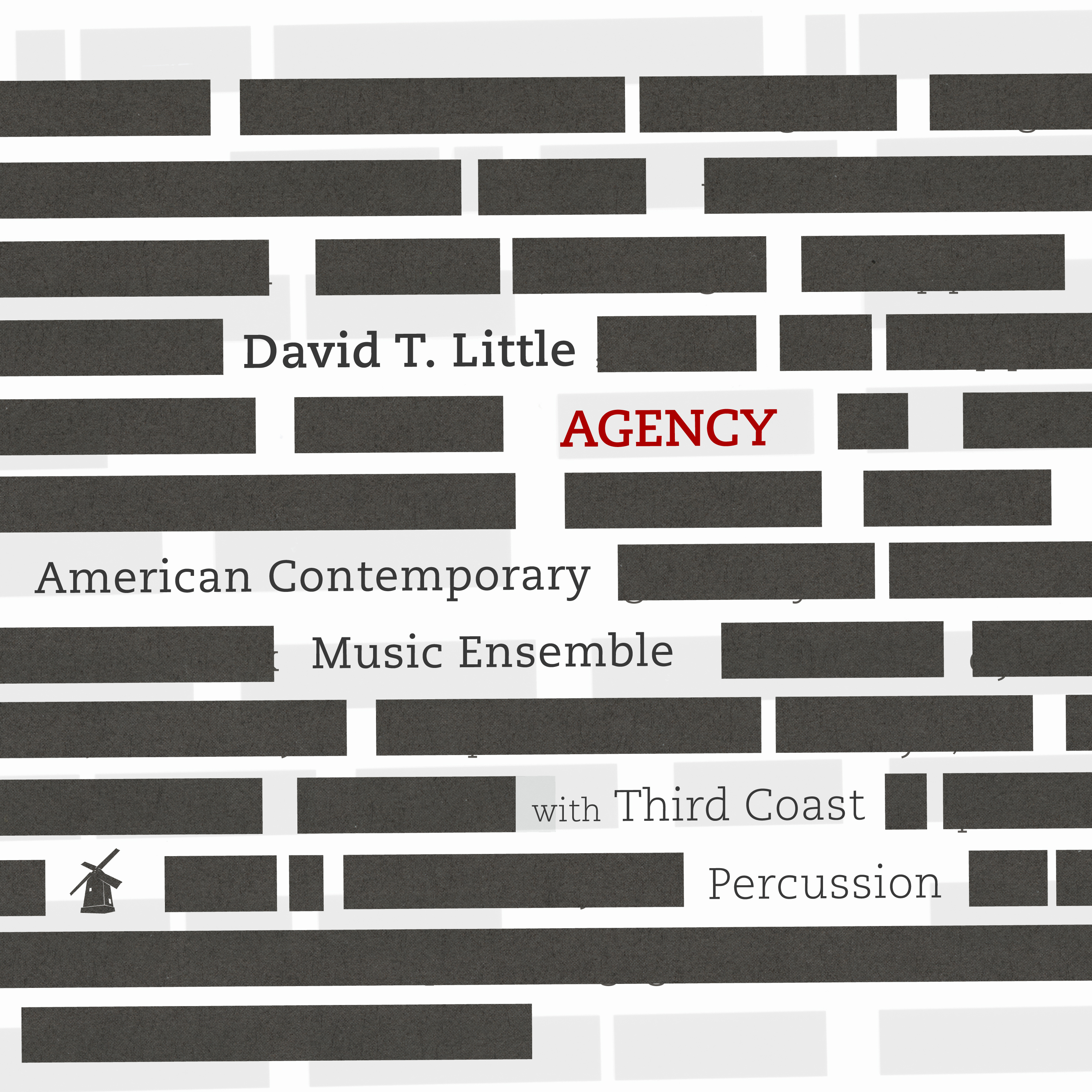
David T. Little + ACME with Third Coast Percussion
AGENCY
New Amsterdam Records
11 October 2019
David T. Little’s AGENCY features the world premiere recording of the work for string quartet and electronics, which The New York Times calls “forthright, visceral, bloody, with the intimacy and polish of a classical chamber ensemble but bulging with the loud, reverberant sweatiness of rock.” Performed by “contemporary music dynamos” (NPR) American Contemporary Music Ensemble—with special guests, the Grammy-winning Third Coast Percussion, Andrew McKenna Lee (The Knells), and Julian Day—AGENCY is a journey into the nature of truth, rooted in the tension between ancient faith-based cultures and modern information-based societies. Using the language and tactics of espionage, AGENCY is riddled with secret messages, ciphers, and redactions. Illuminating our need to find truth, but suggesting that the truth might be.
The Roots of Disquiet – Notes on the Music from David T. Little:
Are we free agents in this world, controlling and deciding our own paths, or are we unknowingly influenced and manipulated by powerful external forces? Is the truth about this ever really knowable?
AGENCY poses these questions and examines their meaning through contrasts. It investigates the ideological rift between the Aboriginal holy site Uluru in central Australia, and Pine Gap, a massive American spy center of top-secret function, which sits just five hours to the north; the tension between ancient faith-based indigenous cultures and modern information-based societies made manifest.
Both Uluru and Pine Gap are cloaked in mystery. AGENCY is likewise riddled with secrets: ciphers and redactions in the musical score encrypt texts, map coordinates, and philosophical quotations. The result illuminates our need to find truth, but suggests that the truth might be unknowable. We may find only conjecture or faith.
AGENCY takes a more detached approach than its explicitly violent companion, Haunt of Last Nightfall (NWAM054). The violence of Haunt is chaotic and direct: it mines the history of the 1981 massacre at El Mozote, El Salvador for evidence of American complicity. The violence of AGENCY is a nefarious secret.
The questions asked by this pair of pieces once seemed speculative. However, as immigration from Central America takes center stage in the national debate, a work like Haunt suggests a U.S.-American cause to its dramatic 40-year rise. Similarly, a work about the impossibility of knowing the truth may have seemed odd in 2013, when AGENCY was written. But in the wake of “fake news,” the rise of deep fakes, and Russia’s alleged interference in the 2016 US election, it acquires political salience.
Together, AGENCY and Haunt of Last Nightfall present a portrait of the disquiet pervading contemporary American culture, exposing damaged roots. It is my hope these works may begin conversations within the arts world that branch beyond it.
ABOUT DAVID T. LITTLE
David T. Little is “one of the most imaginative young composers” on the scene (The New Yorker), with “a knack for overturning musical conventions” (The New York Times). His operas Dog Days, JFK, and Vinkensport (librettos by Royce Vavrek), and Soldier Songs have been widely acclaimed and performed around the globe, “prov[ing] beyond any doubt that opera has both a relevant present and a bright future” (The New York Times).
Little has been commissioned by the world’s most prestigious institutions and performers, including recent projects for The Metropolitan Opera / Lincoln Center Theater new works program, The Kennedy Center, Baltimore Symphony Orchestra, New World Symphony, London Sinfonietta, International Contemporary Ensemble, The Crossing, Eighth Blackbird, Kronos Quartet, and Beth Morrison Projects. His music has been presented by Carnegie Hall, Park Avenue Armory, Holland Festival, BAM Next Wave, LA Opera, Opéra de Montréal, and the LA Philharmonic.
From 2014–2017, Little was Composer-in-Residence with Opera Philadelphia and Music-Theatre Group. He has previously served as Executive Director of the MATA Festival, and currently chairs the composition department at Mannes—The New School. The founding artistic director of the ensemble Newspeak, his music can be heard on New Amsterdam, Innova, Sono Luminus, and National Sawdust Tracks labels. He is published by Boosey & Hawkes.
ABOUT ACME
In a little more than a decade, led by cellist and artistic director Clarice Jensen, the American Contemporary Music Ensemble (ACME) has risen to the highest ranks of American new music through a mix of meticulous musicianship, artistic vision, engaging collaborations, and unwavering standards in every regard. The membership of the amorphous collective includes some of the brightest young stars in the field. NPR calls them “contemporary music dynamos,” and Strings reports, “ACME’s absorbing playing pulsed with warm energy. . . Shared glances and inhales triggered transitions in a flow so seamless it seemed learned in a Jedi temple.” ACME was honored by ASCAP during its 10th anniversary season in 2015 for the “virtuosity, passion, and commitment with which it performs and champions American composers.”
The ensemble has performed at leading international venues including Lincoln Center, Carnegie Hall, BAM, The Kennedy Center, Washington Performing Arts, UCLA’s Royce Hall, Stanford Live, Chicago’s Millennium Park, Duke Performances, The Satellite in Los Angeles, Triple Door in Seattle, Melbourne Recital Hall and Sydney Opera House in Australia, and at festivals including the Sacrum Profanum Festival in Poland, All Tomorrow’s Parties in England, Auckland Arts Festival in New Zealand, Summer Nostos Festival in Greece, Boston Calling, and Big Ears in Knoxville, TN.
World premieres given by ACME include Ingram Marshall’s Psalmbook, Jóhann Jóhannsson’s Drone Mass (commissioned by ACME in 2015; recorded for Deutsche Grammophon in 2019), Caroline Shaw’s Ritornello, Phil Kline’s Out Cold, William Brittelle’s Loving the Chambered Nautilus, Timo Andres’ Senior and Thrive on Routine, Caleb Burhans’ Jahrzeit, and many more. In 2016 at The Kitchen, ACME premiered Clarice Jensen’s transcription of Julius Eastman’s The Holy Presence of Joan d’Arc for ten cellos, the score of which had been lost since the premiere in 1981. Jensen transcribed a recording of the work to recreate the score.
ACME’s recordings appear on the Deutsche Grammophon, Sono Luminus, New World, Butterscotch, and New Amsterdam labels. www.acmemusic.org
ABOUT THIRD COAST PERCUSSION
Third Coast Percussion is a Grammy Award-winning Chicago-based percussion quartet. For fifteen years, the ensemble has created exciting and unexpected performances that constantly redefine the classical music experience. The ensemble has been praised for “commandingly elegant” (New York Times) performances, the “rare power” (Washington Post) of their recordings, and “an inspirational sense of fun and curiosity” (Minnesota Star-Tribune). Third Coast Percussion maintains a busy tour schedule, with past performances in 33 of the 50 states plus international tour dates on 4 continents. Third Coast Percussion has commissioned and premiered over 60 new works by composers including Philip Glass, Augusta Read Thomas, David T. Little and Devonté Hynes.

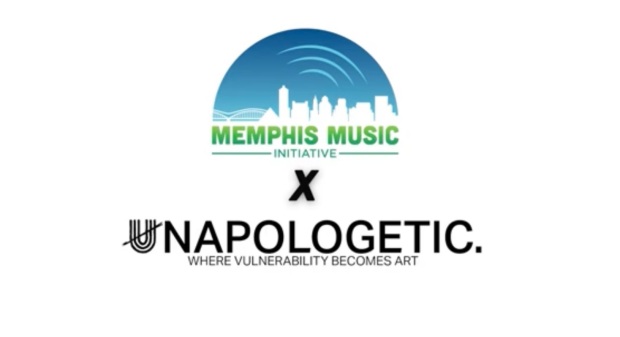
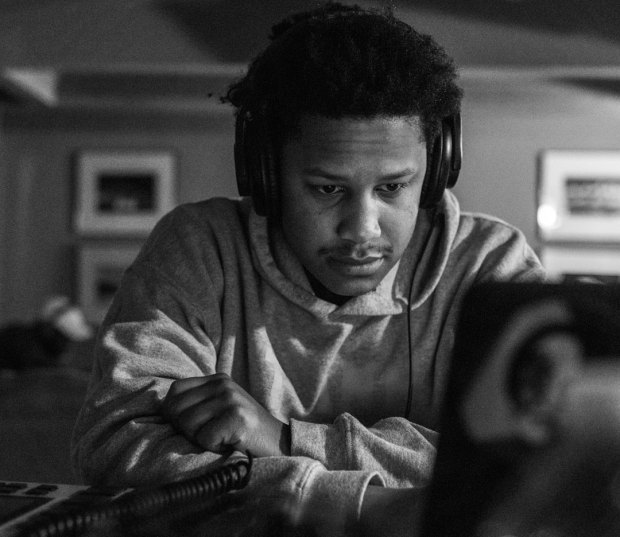

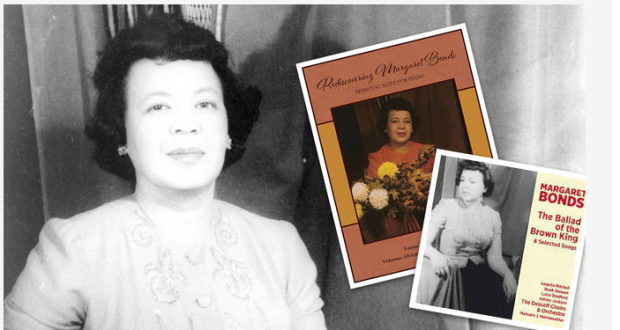
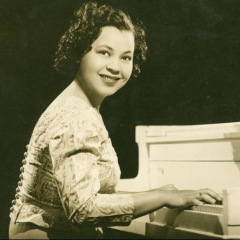

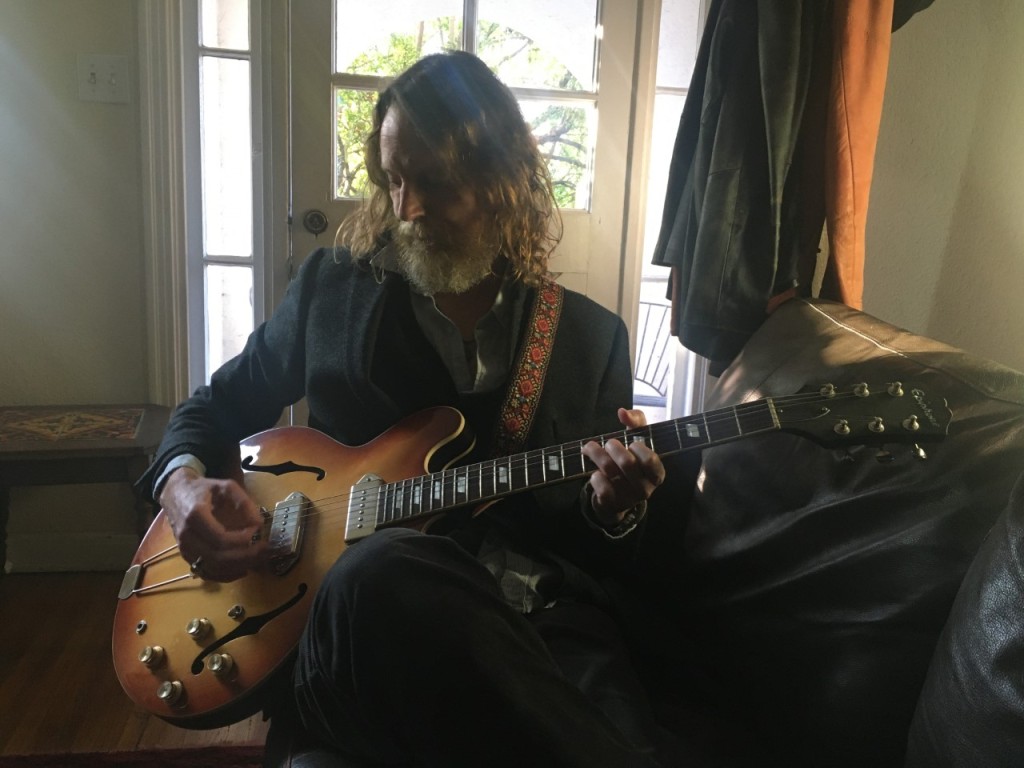
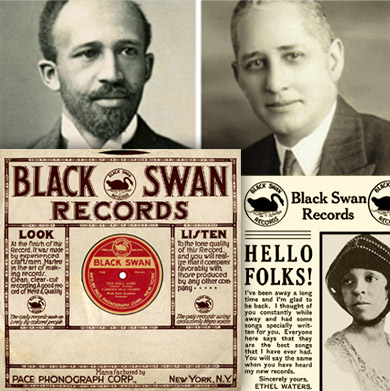
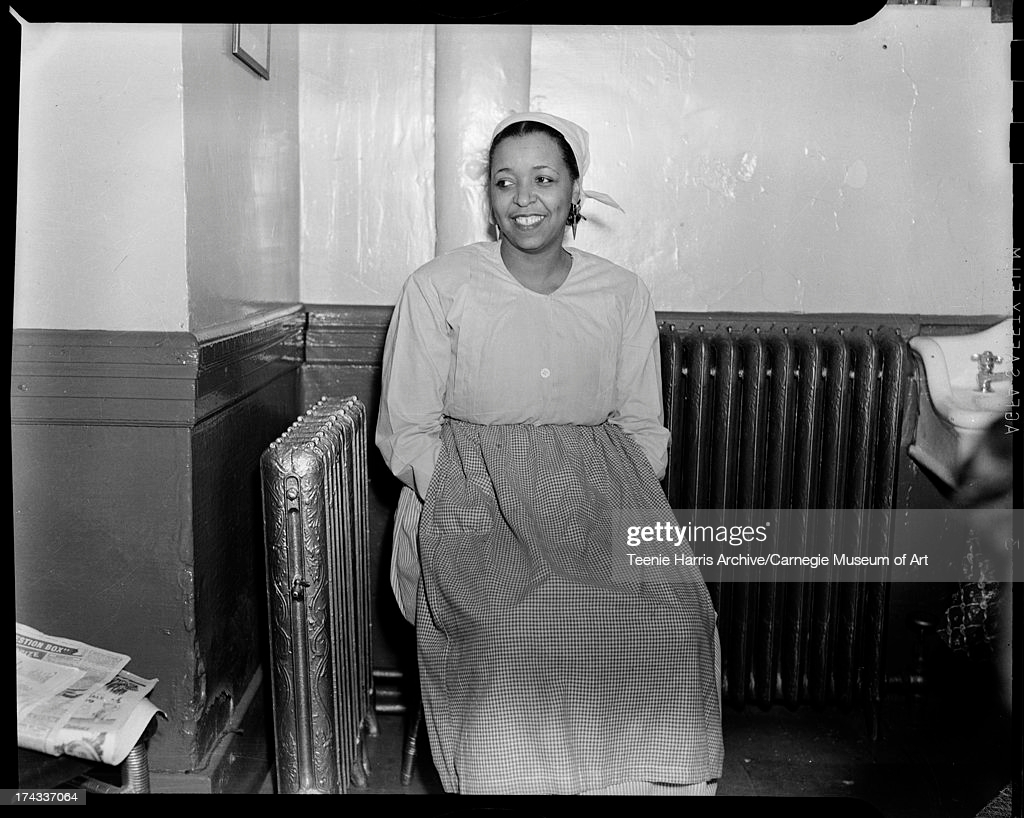

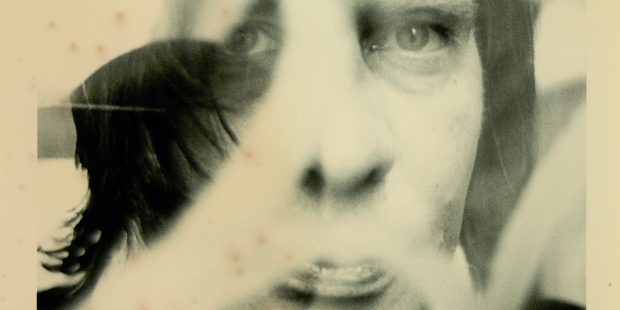
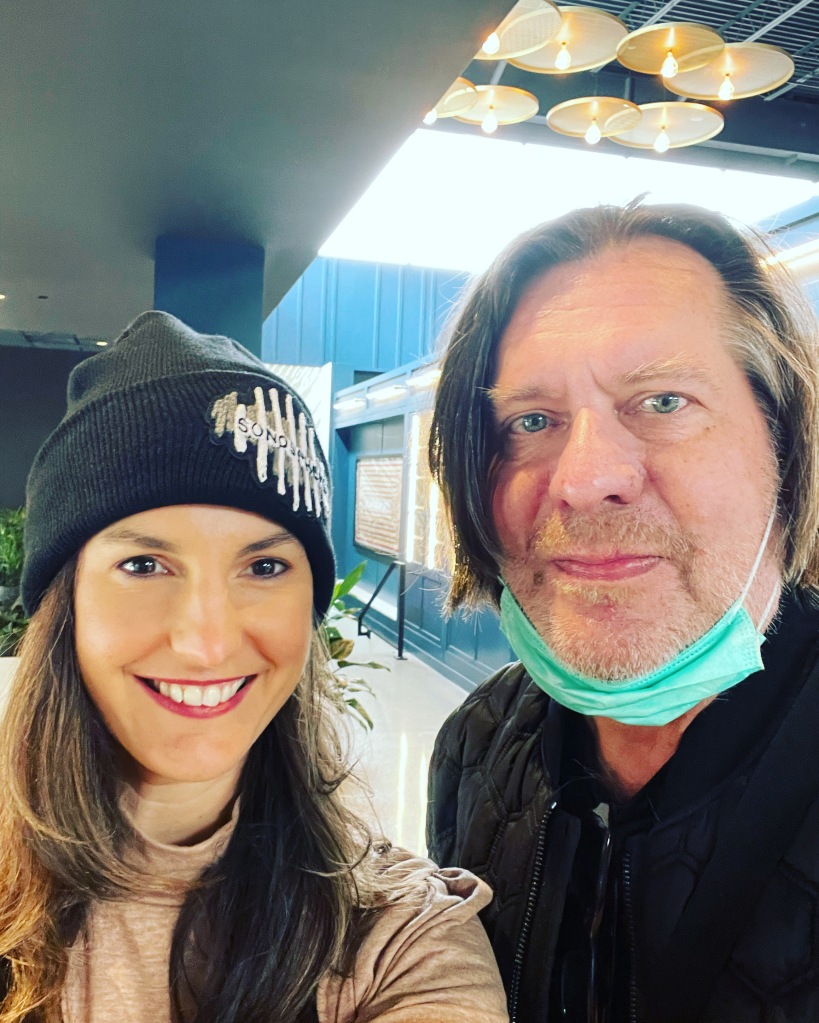
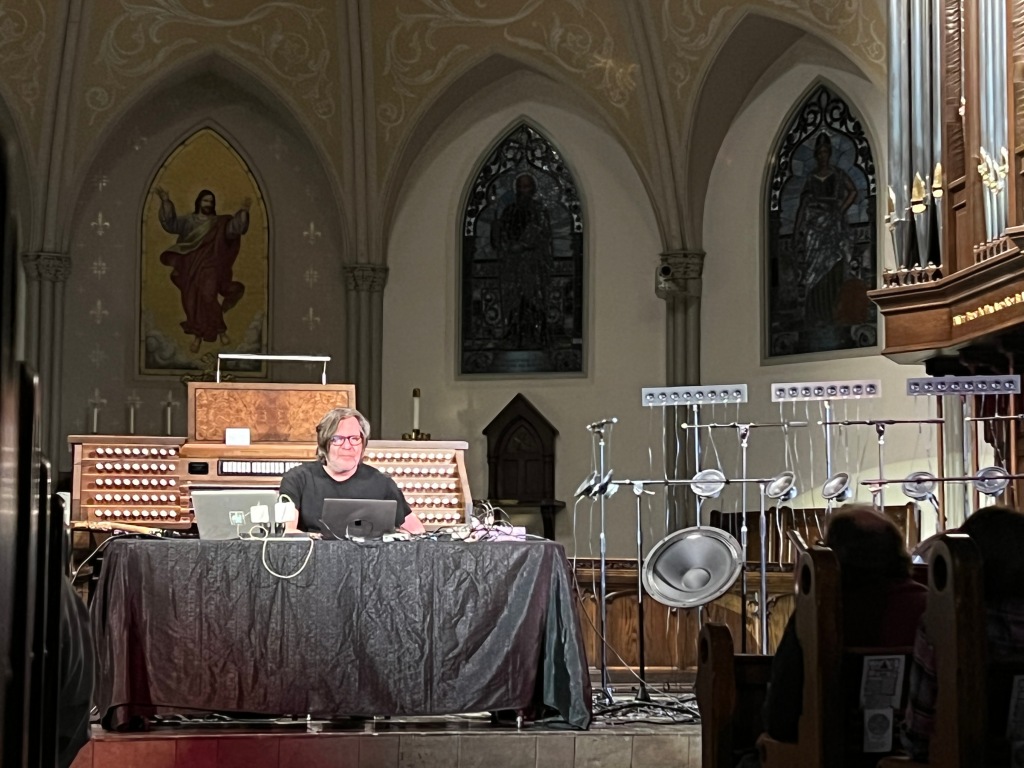
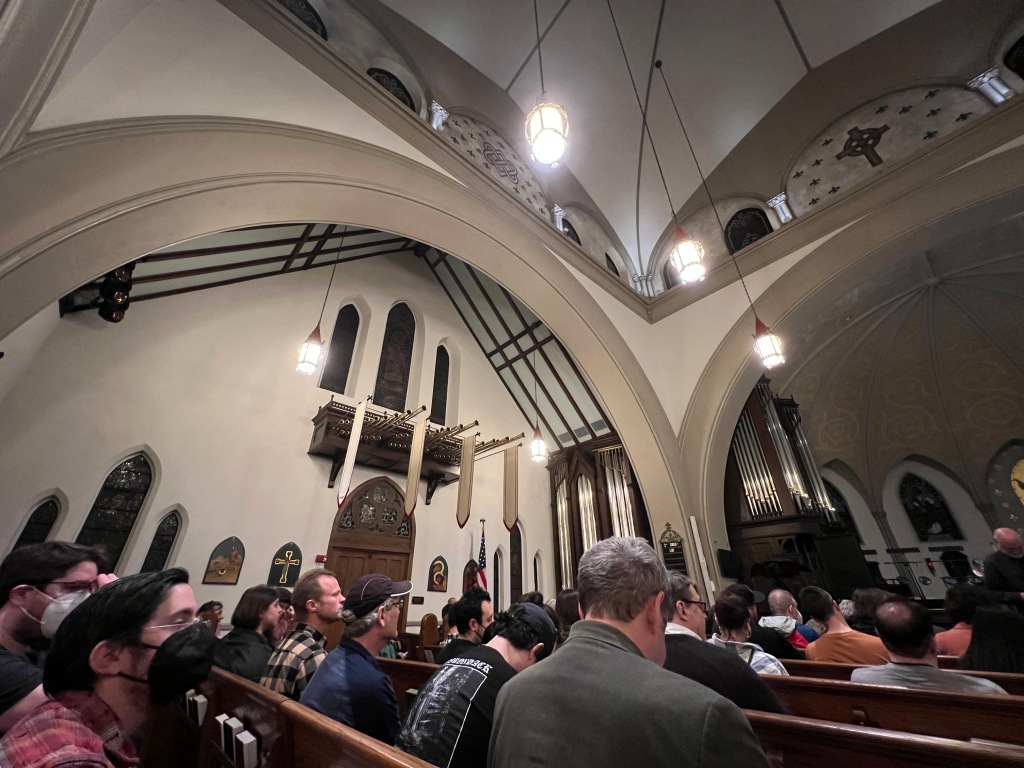
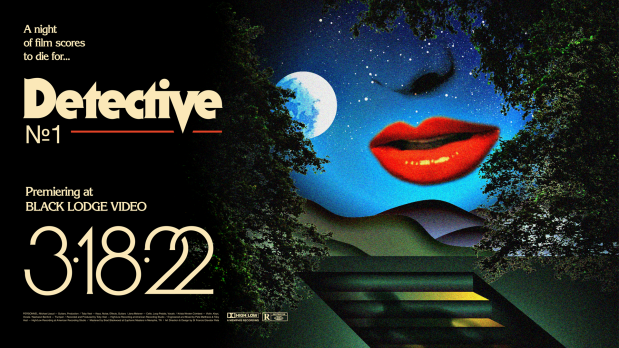

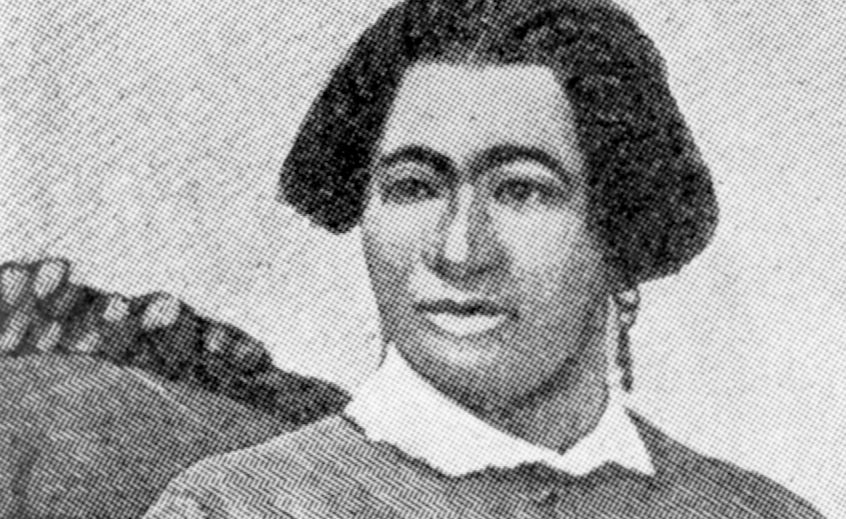
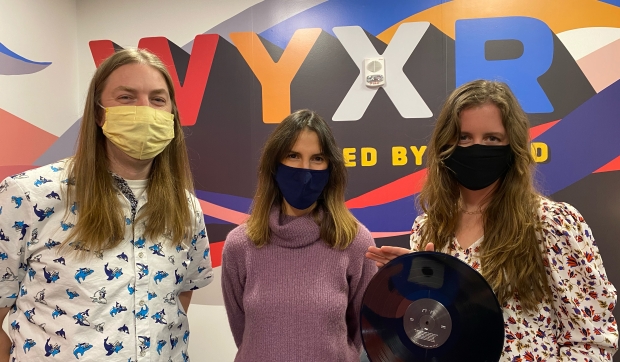
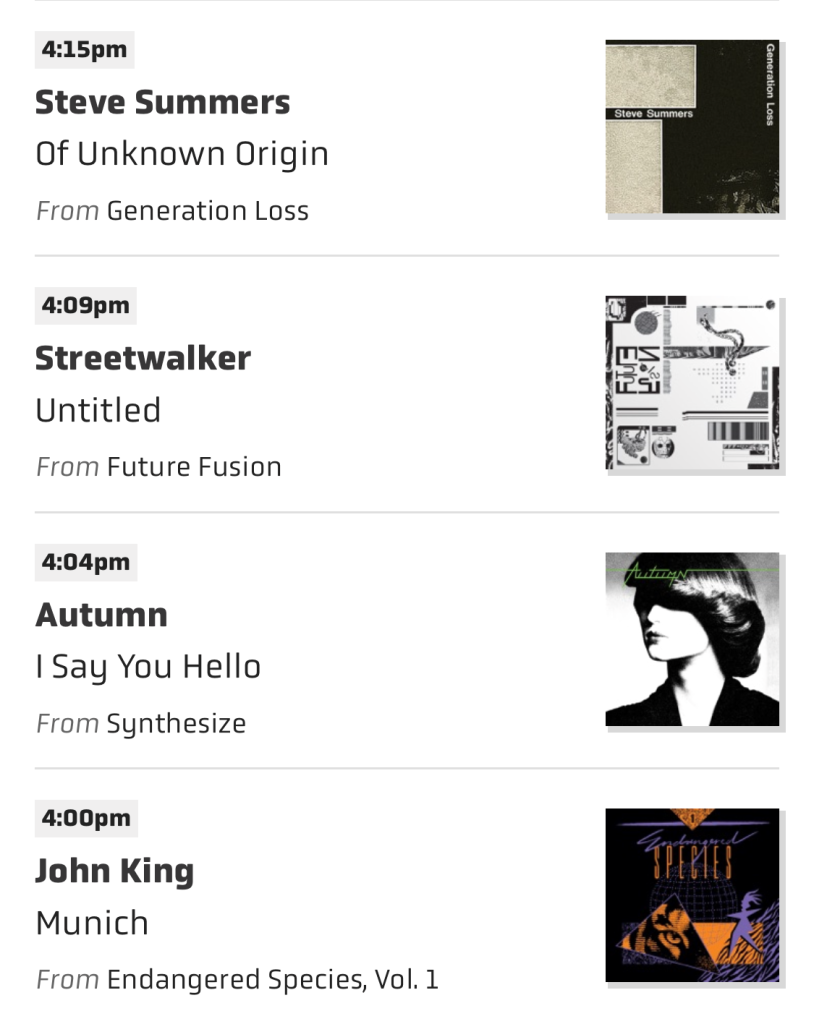

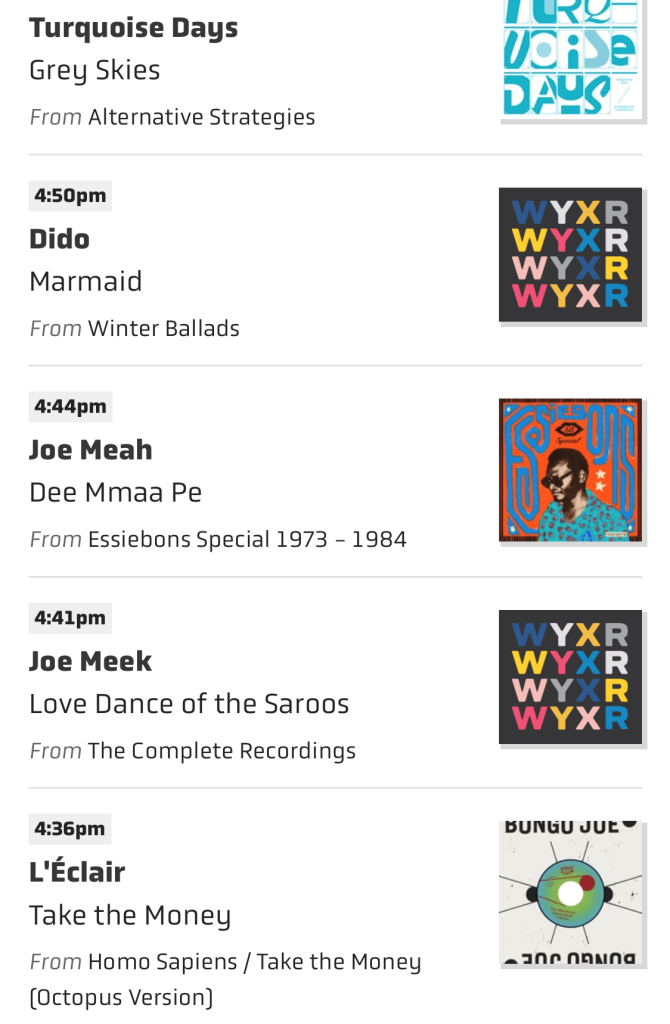
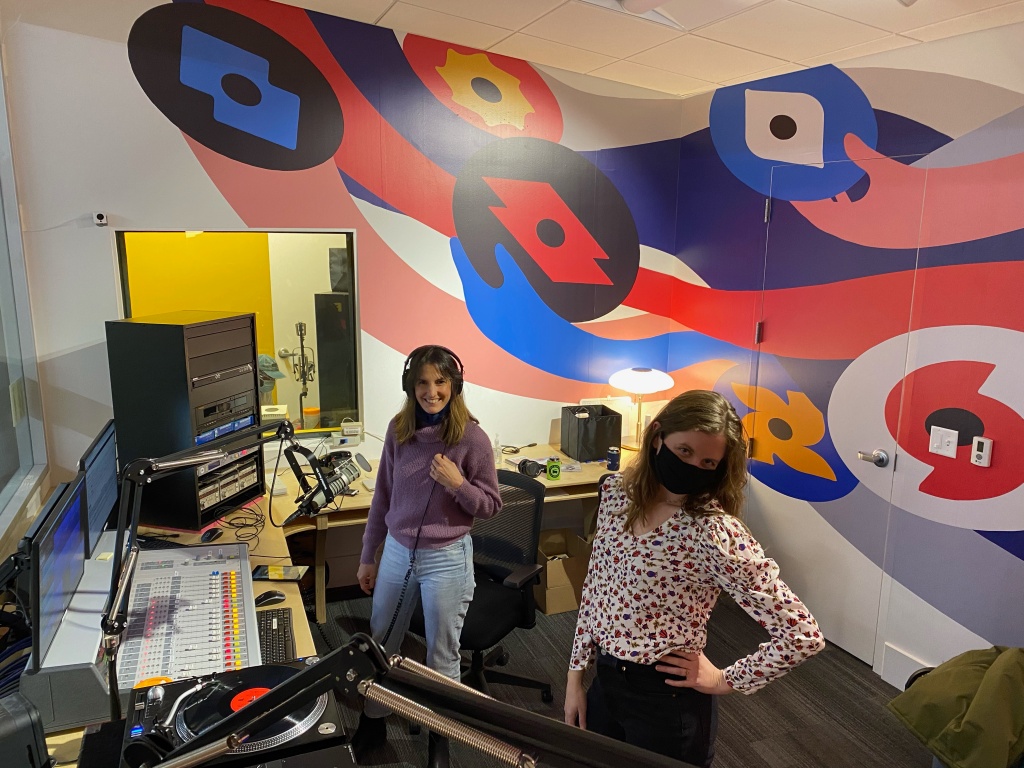



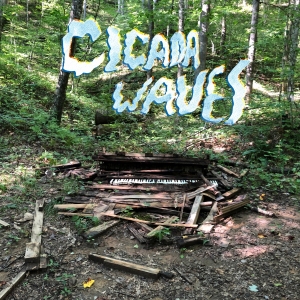
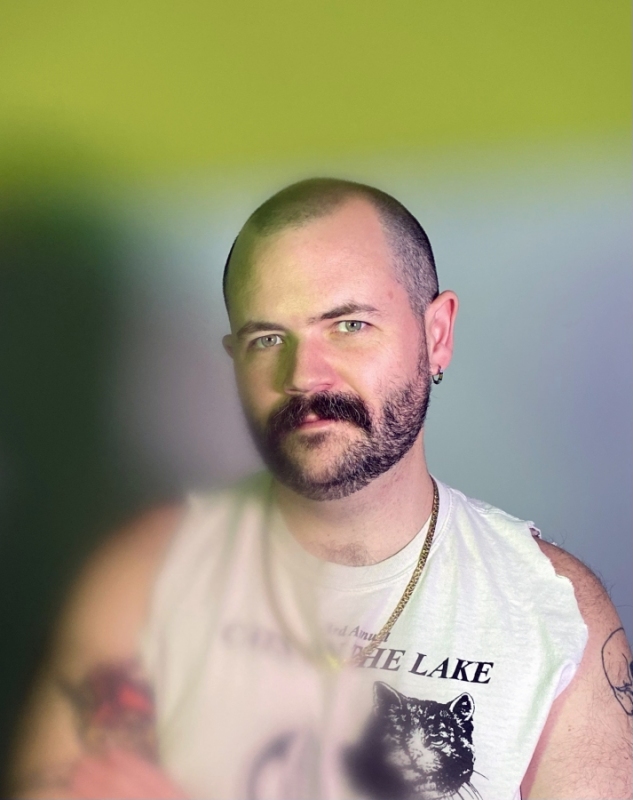
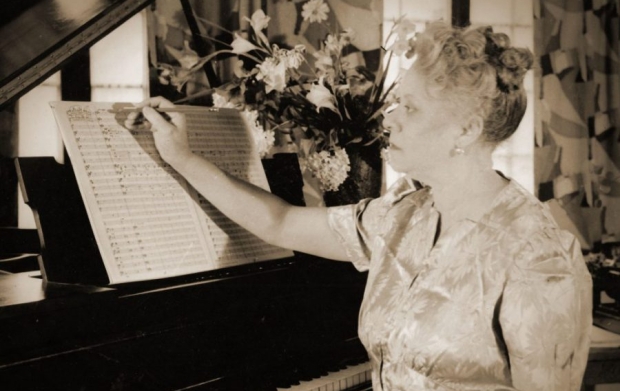
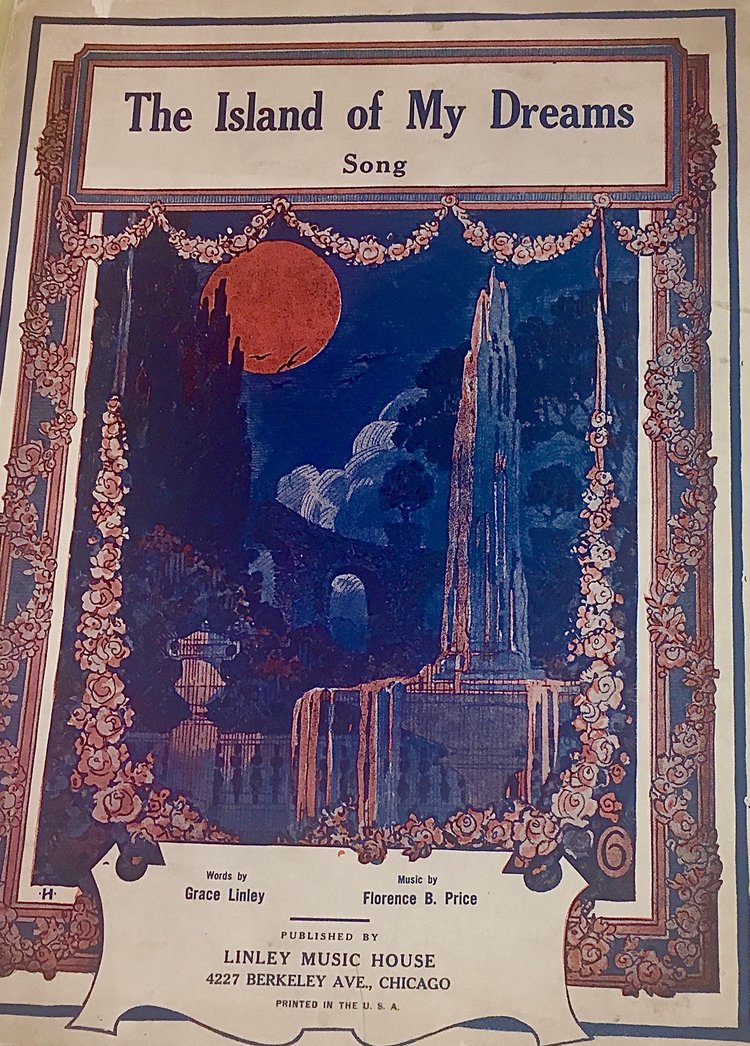
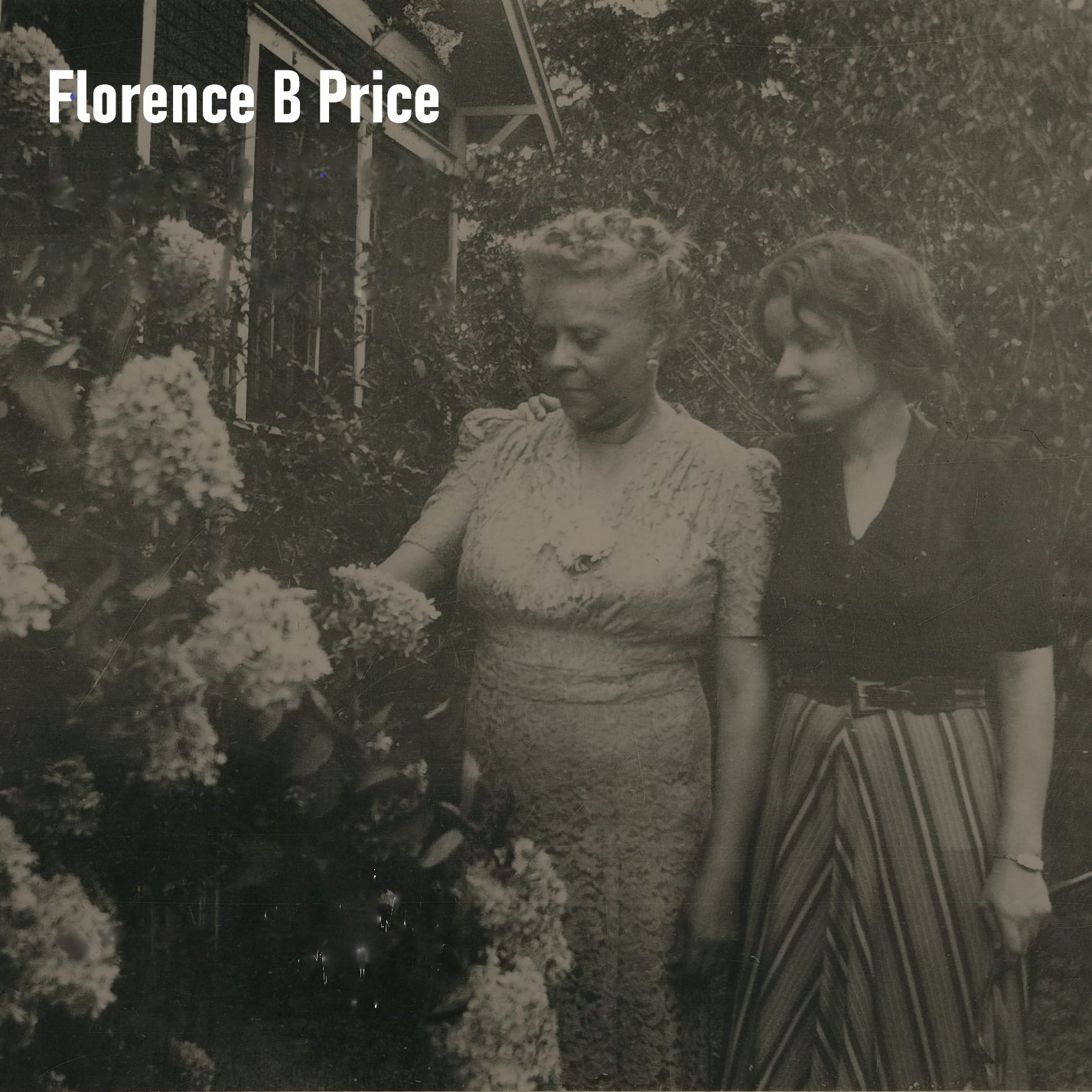


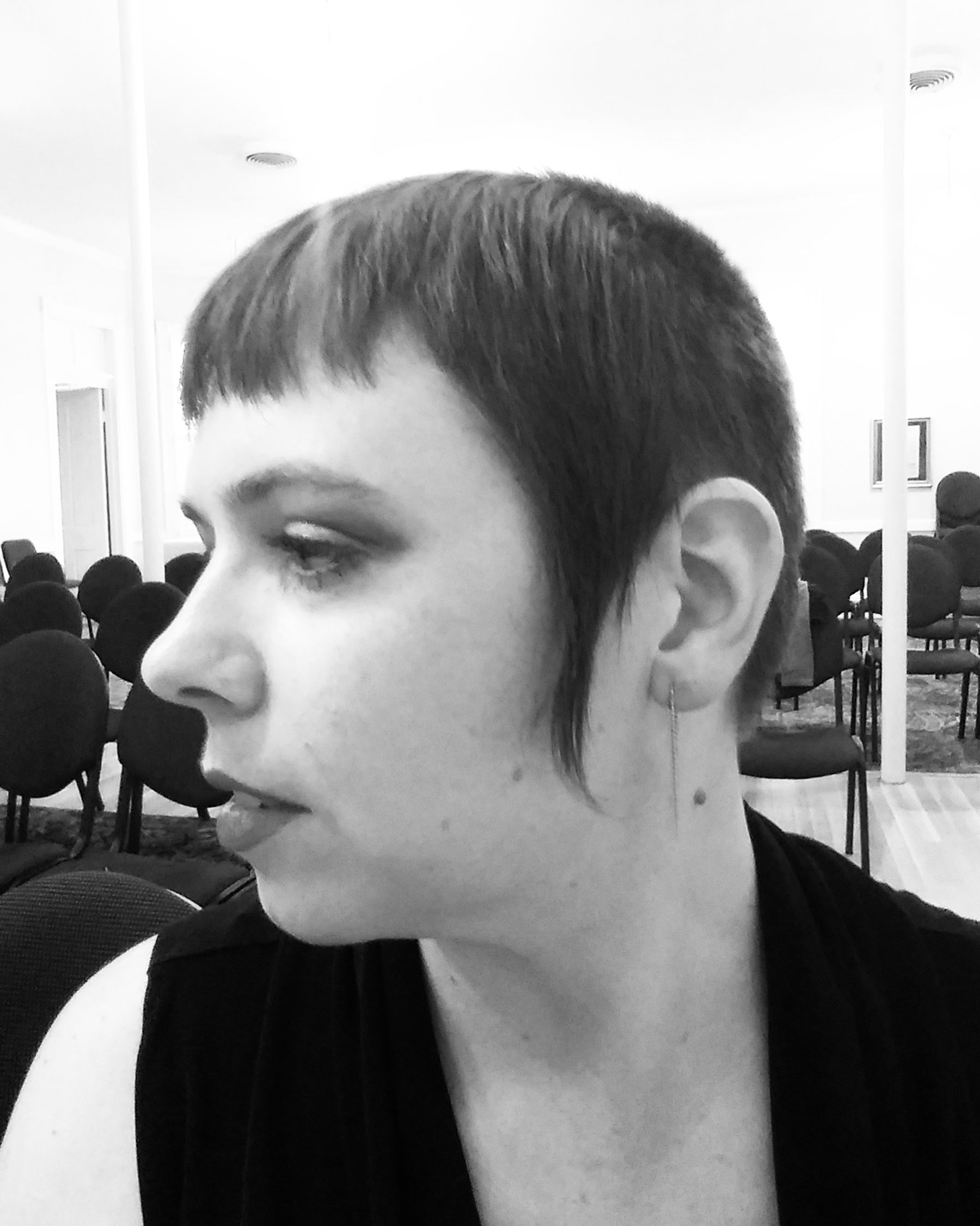

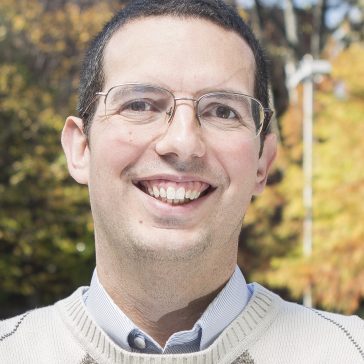


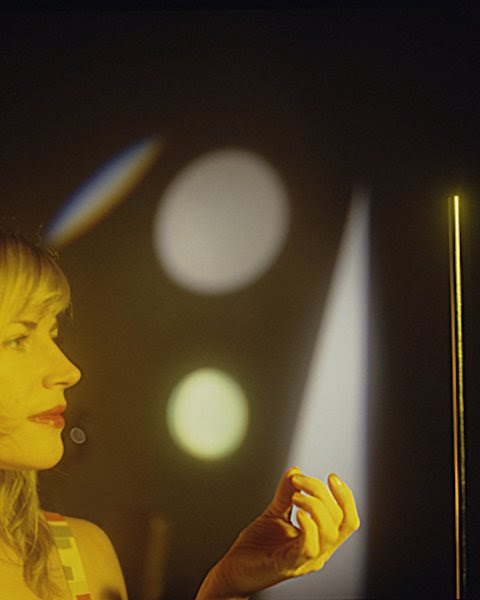


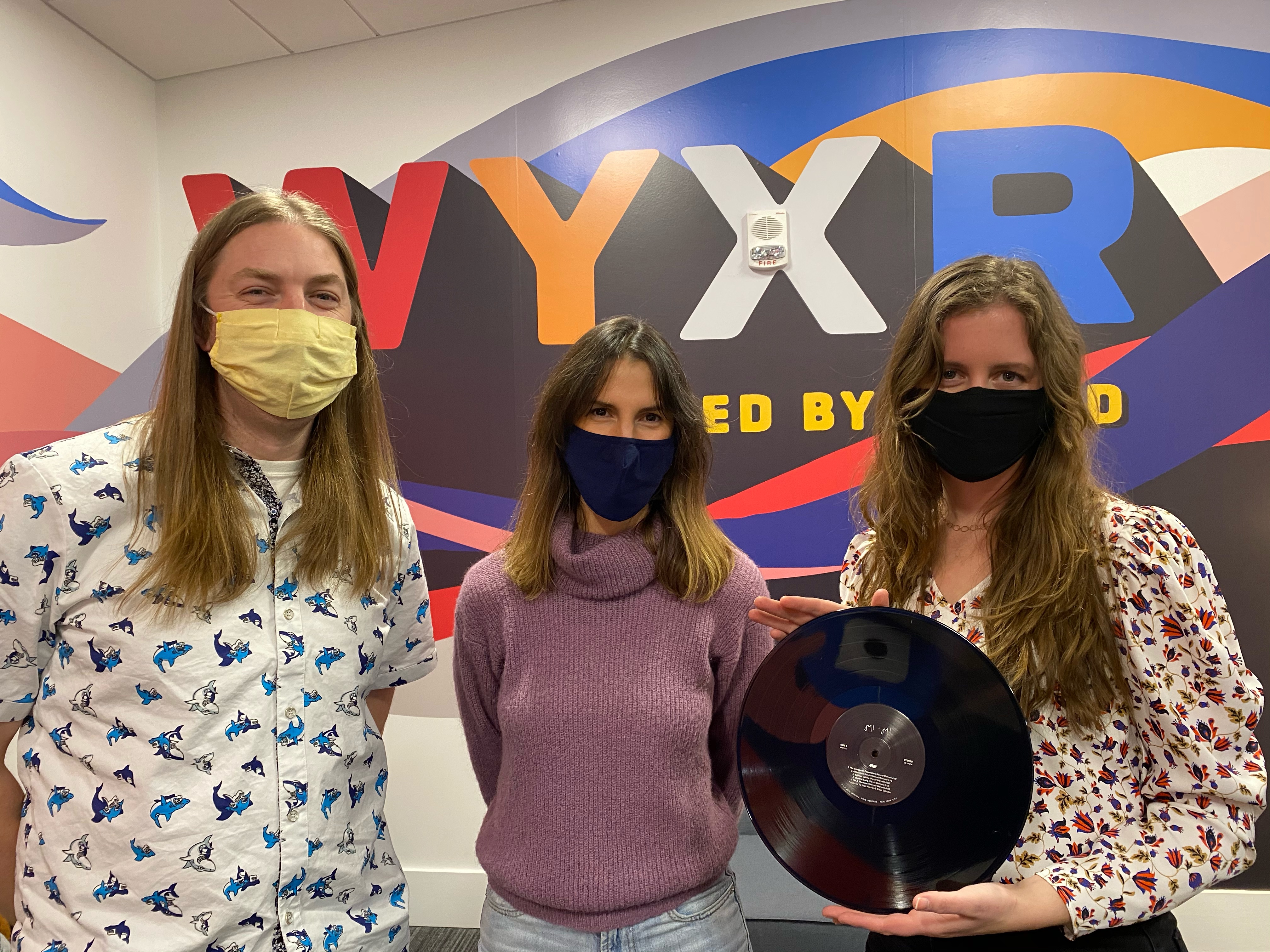
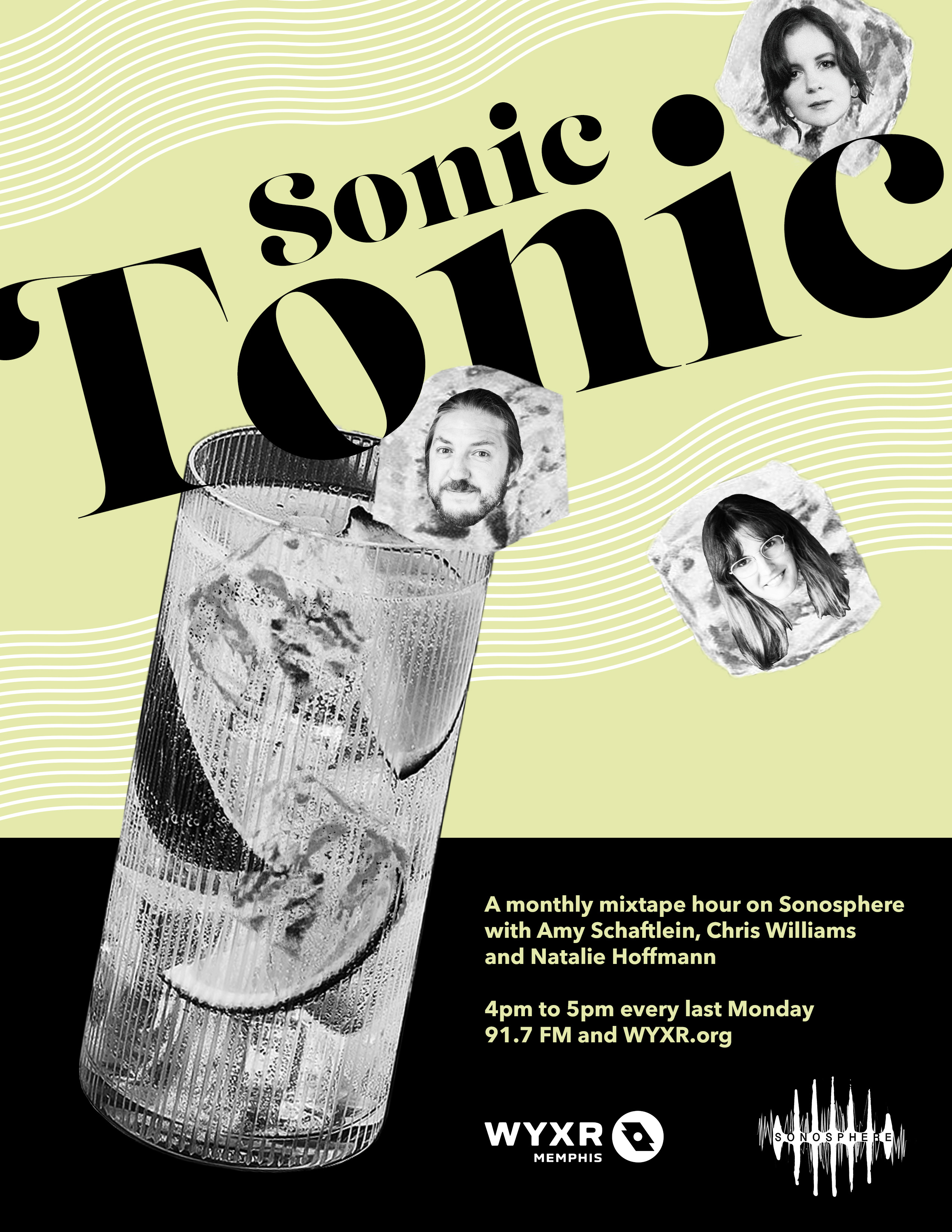
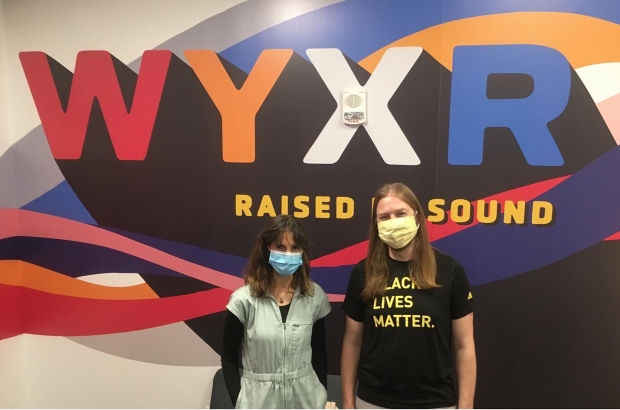


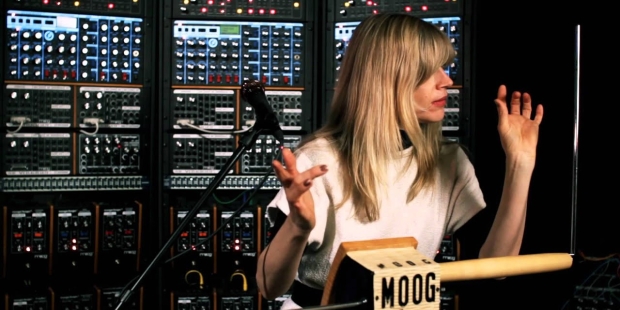
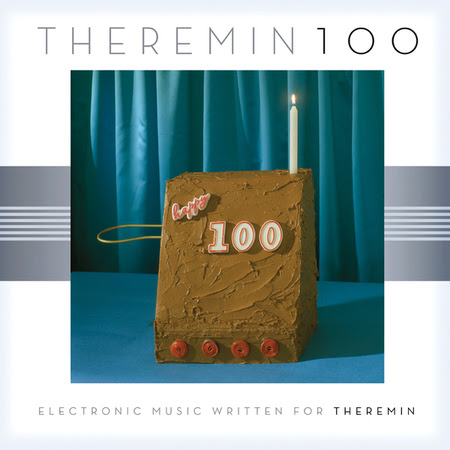
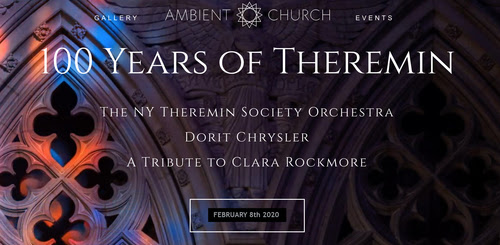
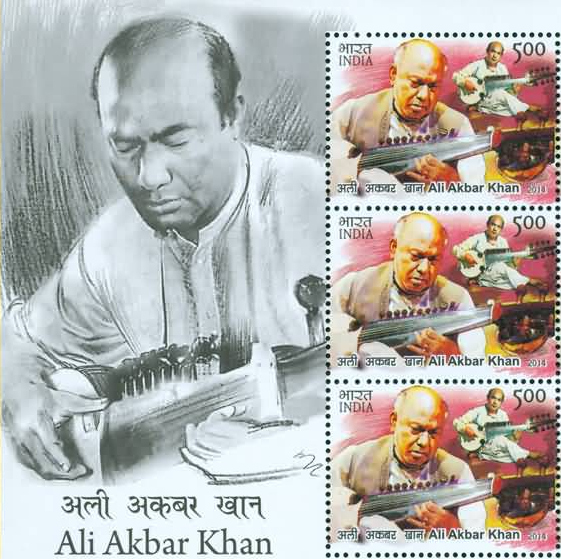 A significant figure in North Indian Classical Music is musician, composer and teacher Ali Akbar Khan.
A significant figure in North Indian Classical Music is musician, composer and teacher Ali Akbar Khan.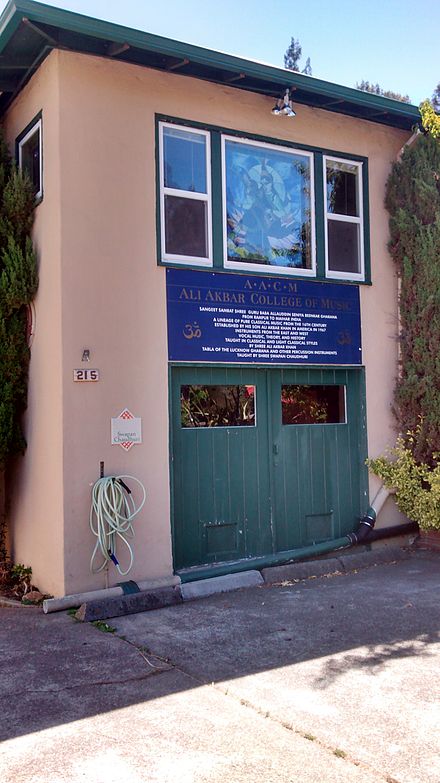
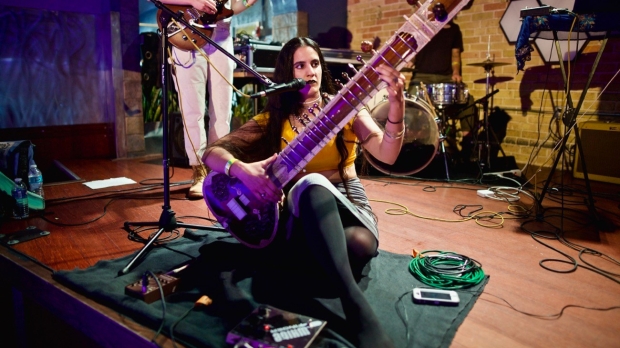
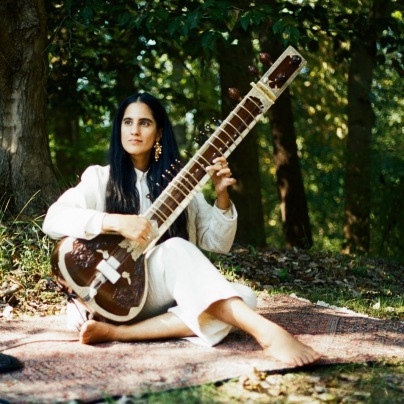 Welcome to this episode of Sonosphere where we underscore Ami Dang, South Asian-American vocalist, sitarist, composer and producer from Baltimore Maryland.
Welcome to this episode of Sonosphere where we underscore Ami Dang, South Asian-American vocalist, sitarist, composer and producer from Baltimore Maryland.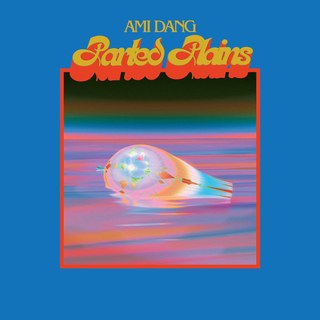
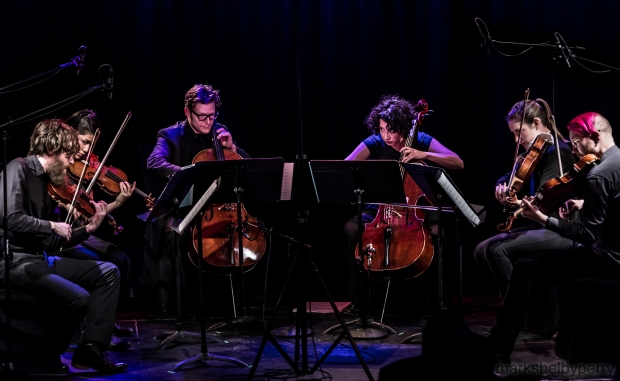



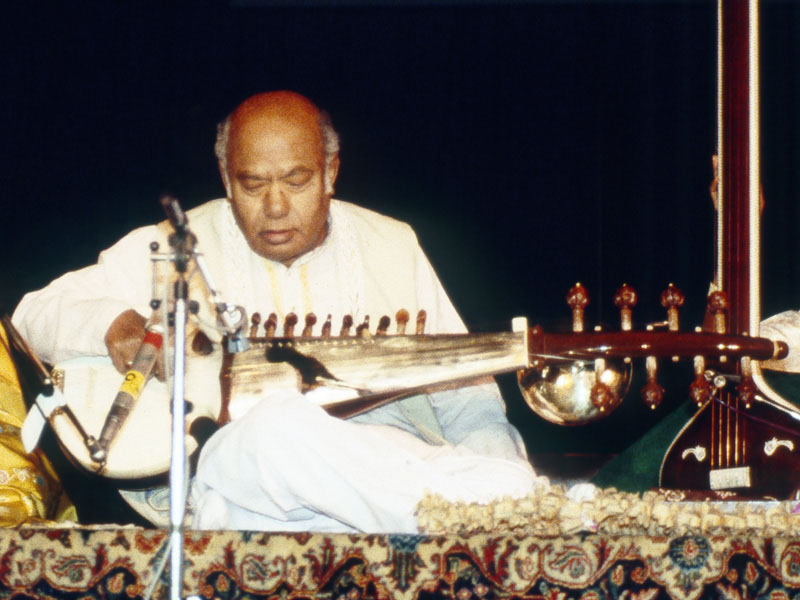
 We speak with contemporary sarod virtuoso,
We speak with contemporary sarod virtuoso, 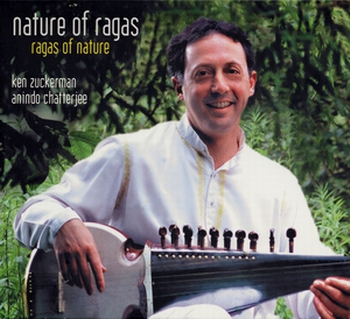
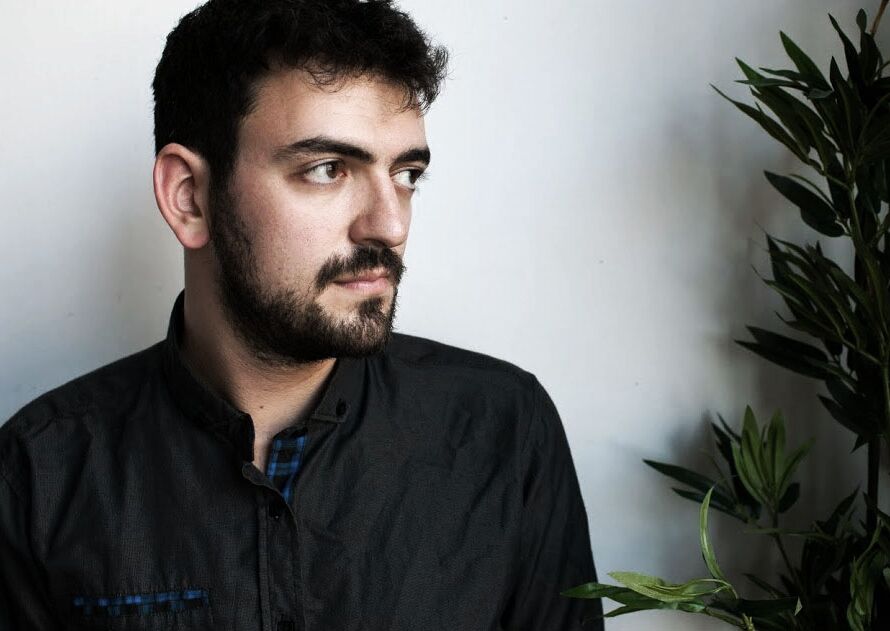
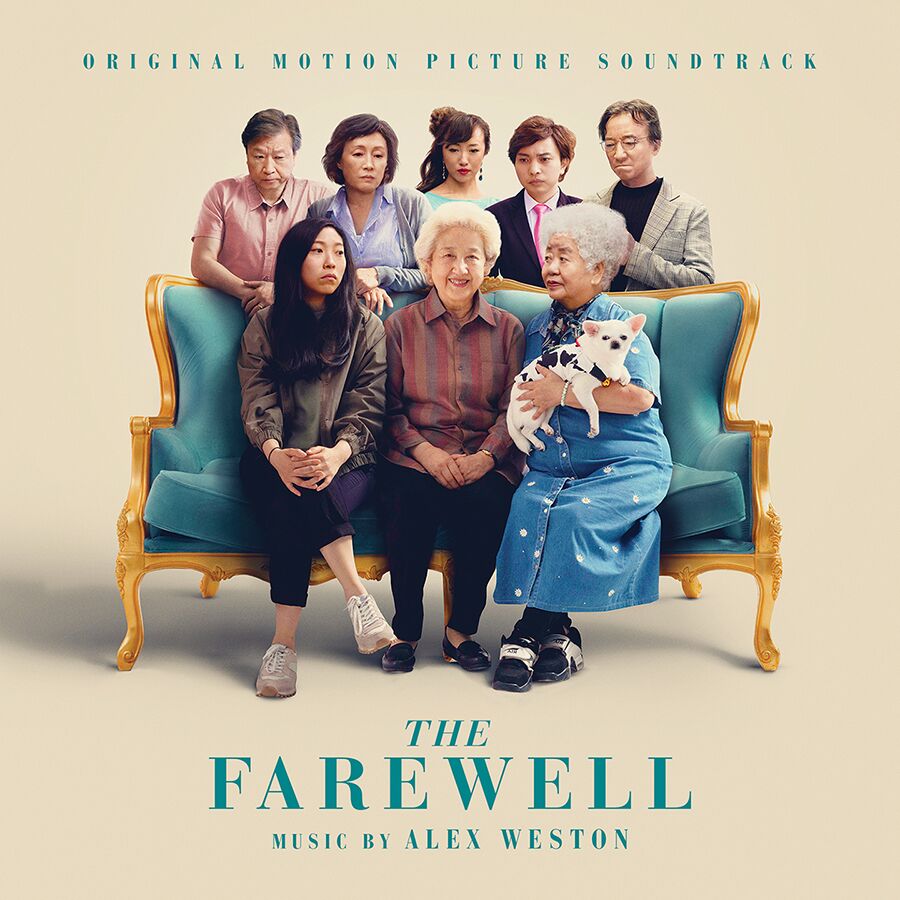 This month he released his score for the Lulu Wang film The Farewell. On this episode we talk with him about his process for The Farewell and his approach to music in film versus his approach to commissioned works for live dance and others. Enjoy this month’s Underscore.
This month he released his score for the Lulu Wang film The Farewell. On this episode we talk with him about his process for The Farewell and his approach to music in film versus his approach to commissioned works for live dance and others. Enjoy this month’s Underscore.
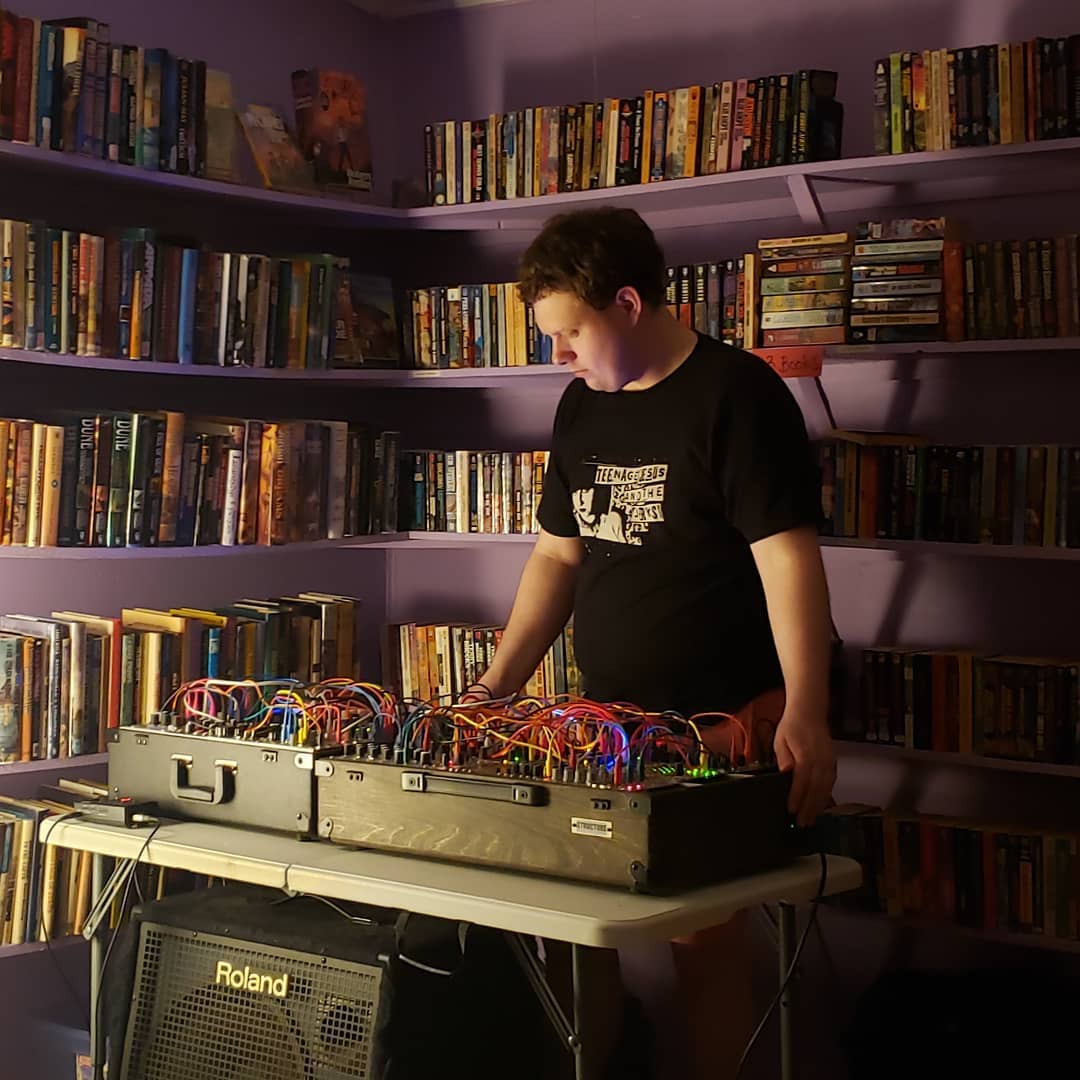 Robert is also an electronic music composer working with analog synths and he performs about town.
Robert is also an electronic music composer working with analog synths and he performs about town.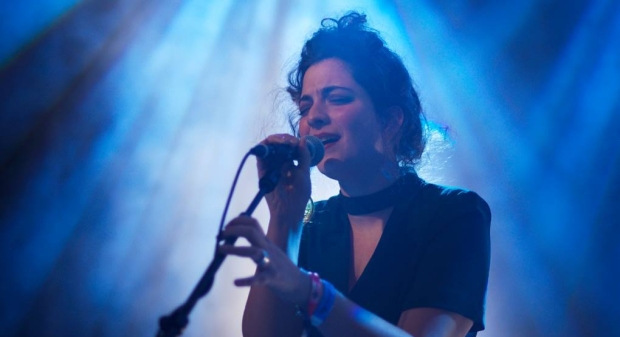
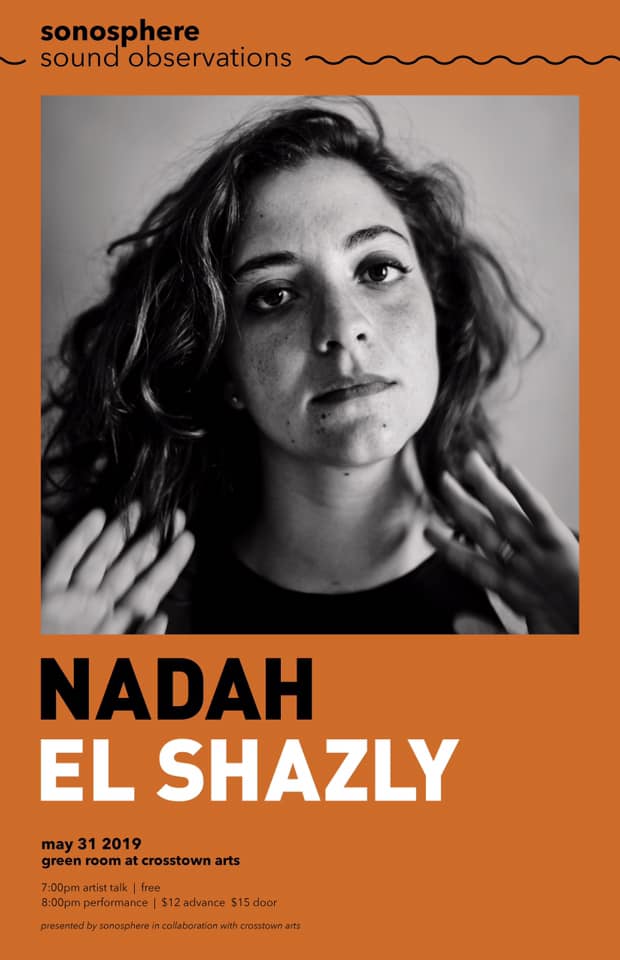
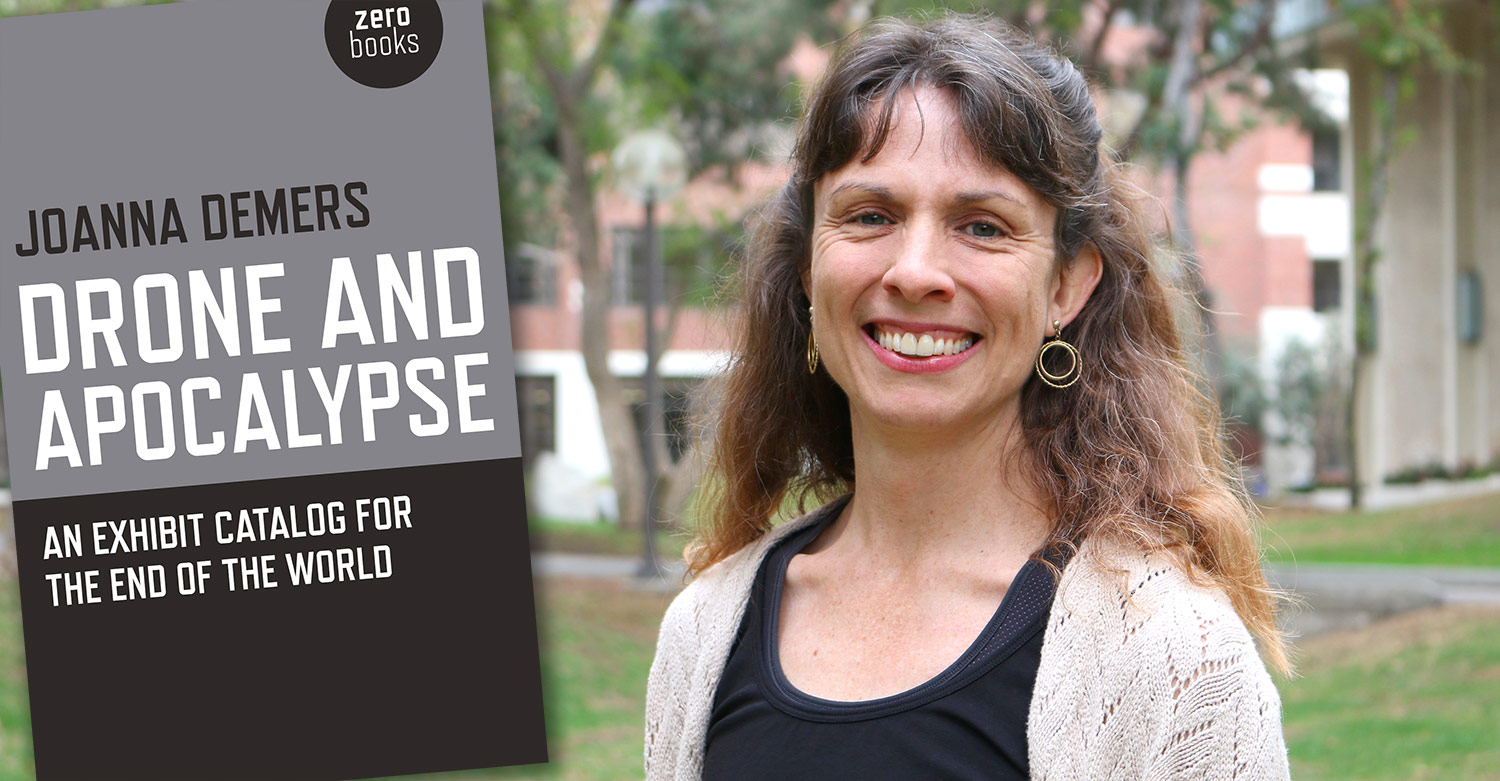 Sonosphere caught up with Joanna Demers, author of Listening Through the Noise: The Aesthetics of Experimental Electronic Music, Drone and Apocalypse, and others.
Sonosphere caught up with Joanna Demers, author of Listening Through the Noise: The Aesthetics of Experimental Electronic Music, Drone and Apocalypse, and others. 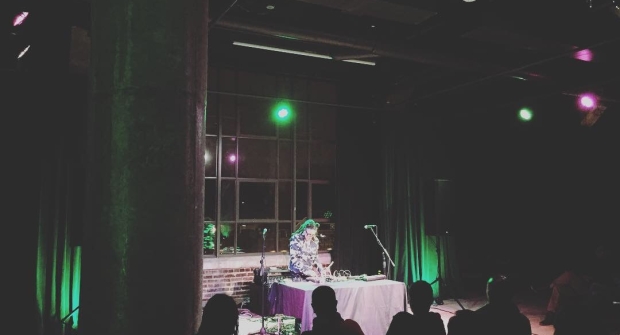
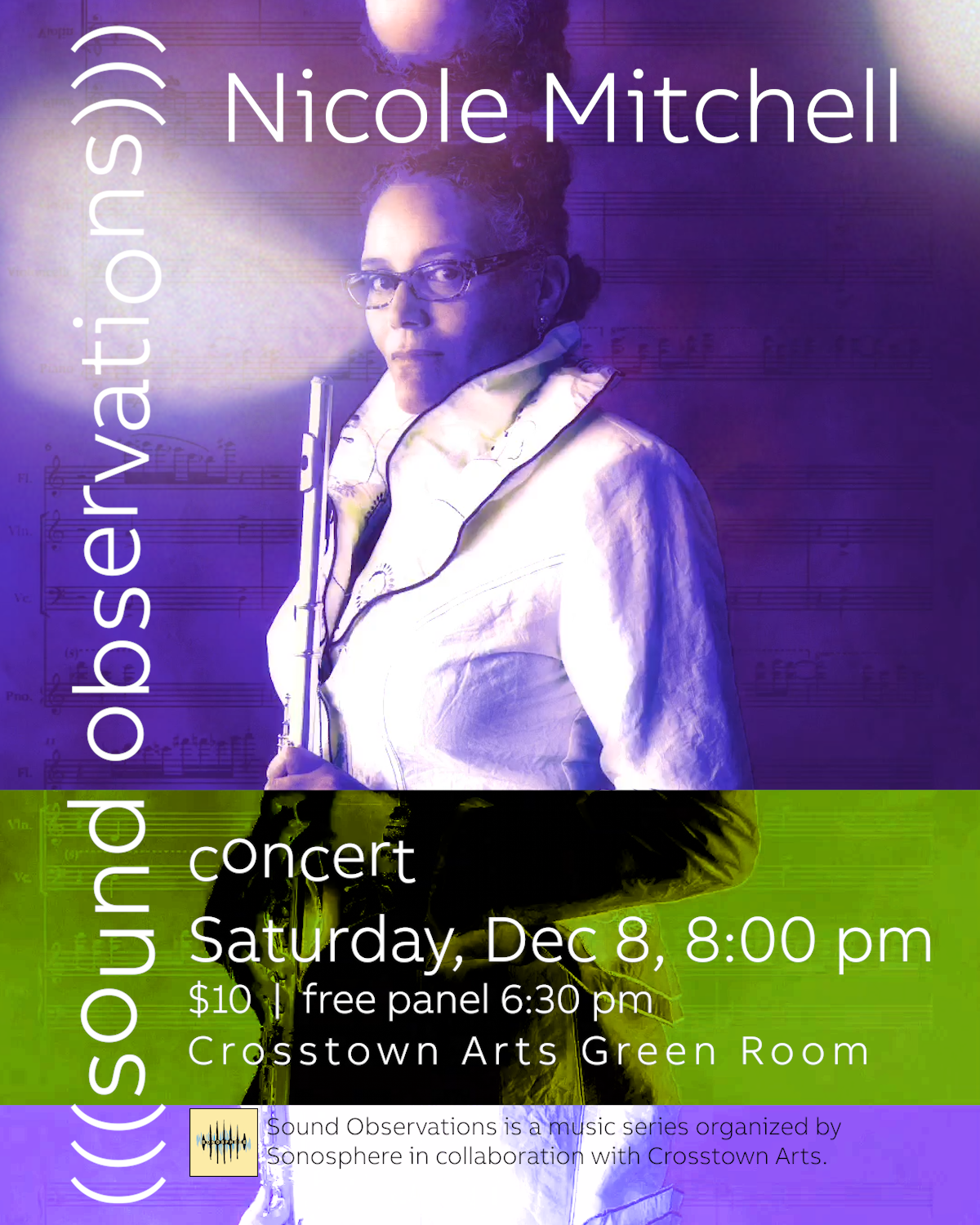
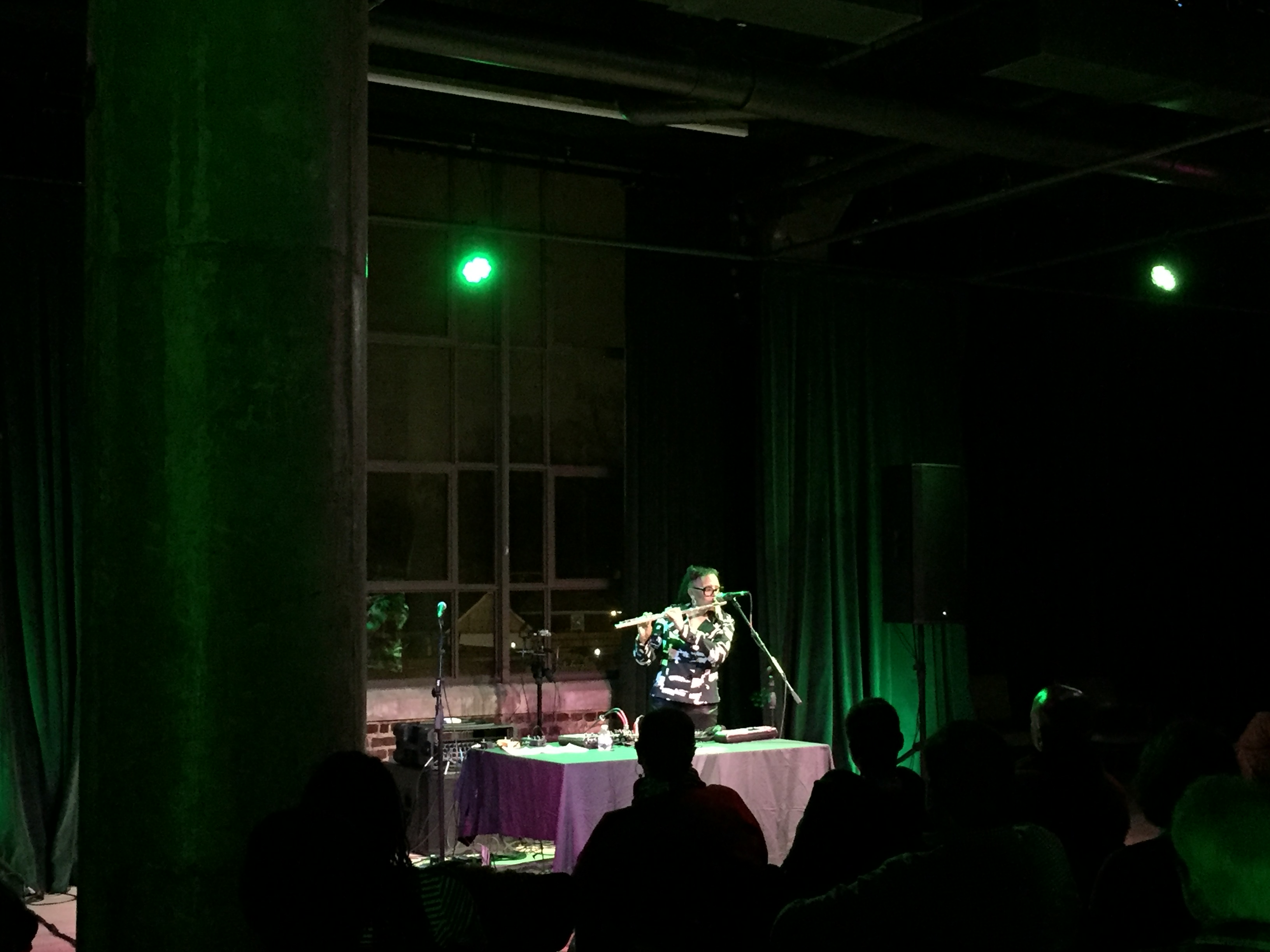
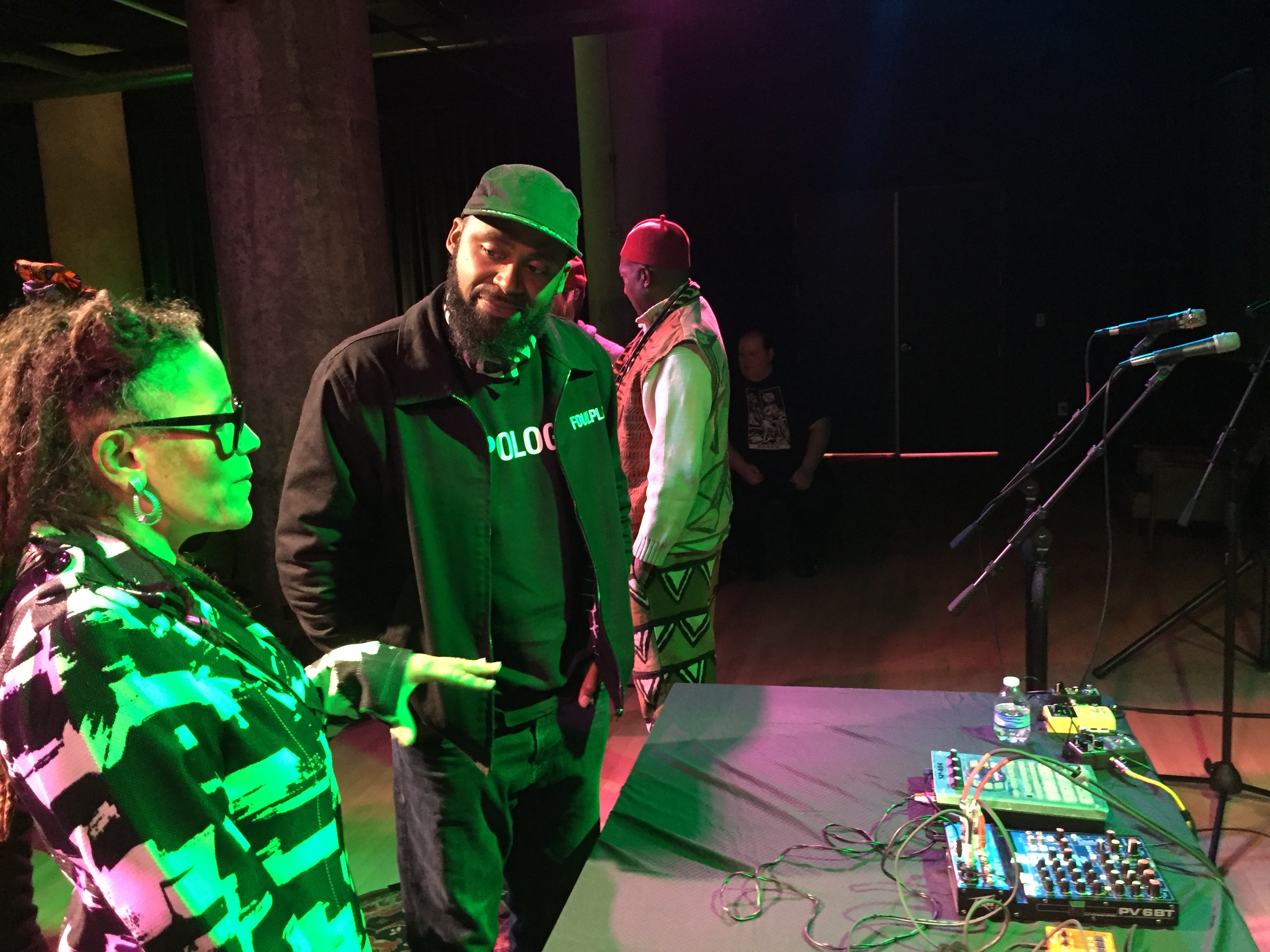
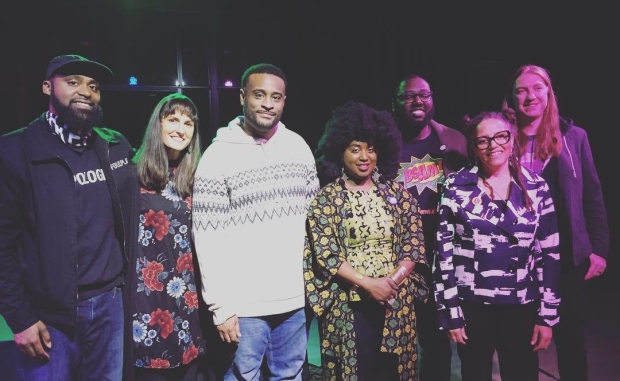
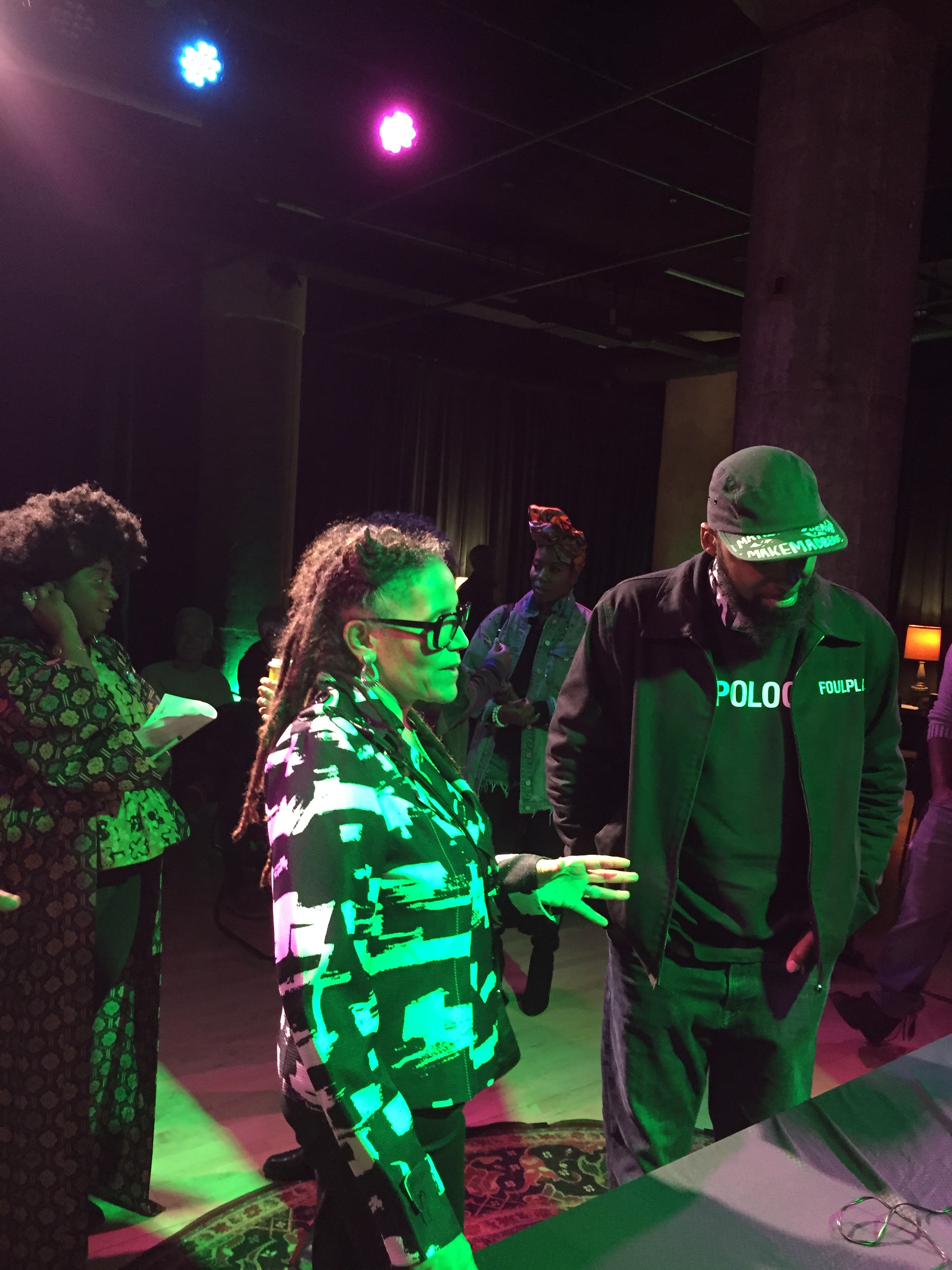 They went beyond explaining afrofuturism and talked about how afrofuturism exists as much in the present as in the past and future.
They went beyond explaining afrofuturism and talked about how afrofuturism exists as much in the present as in the past and future. 